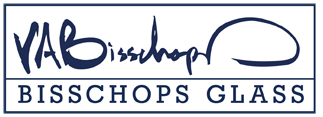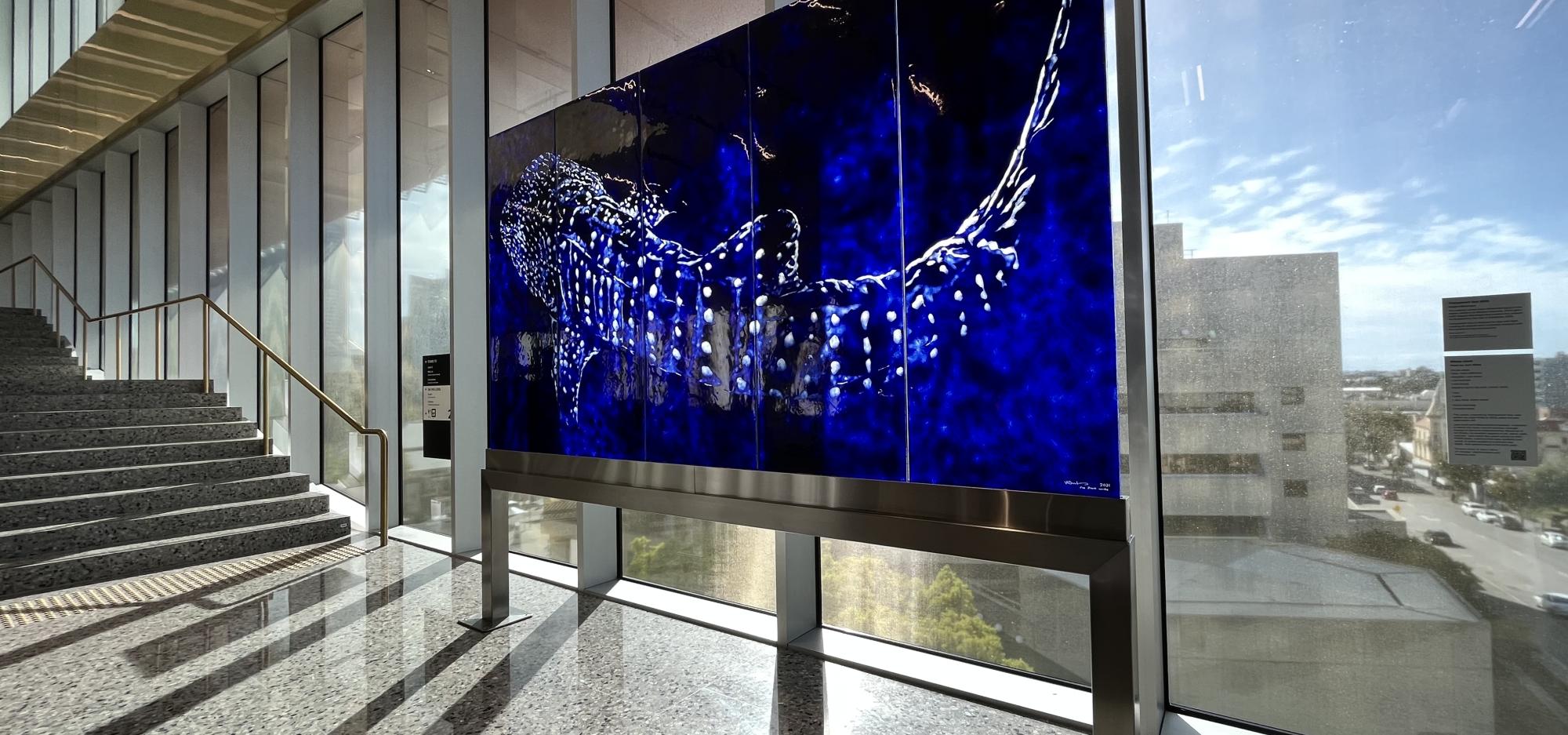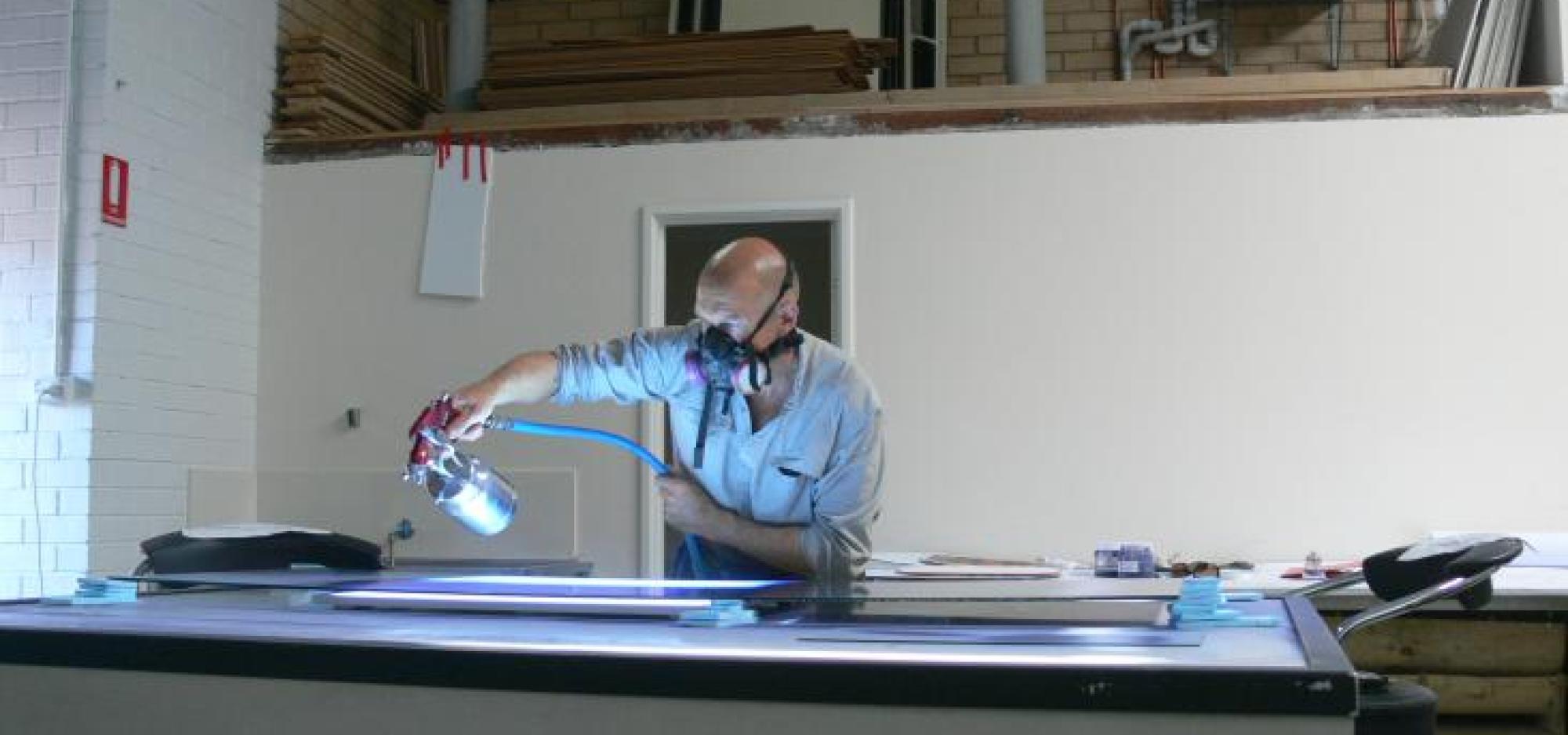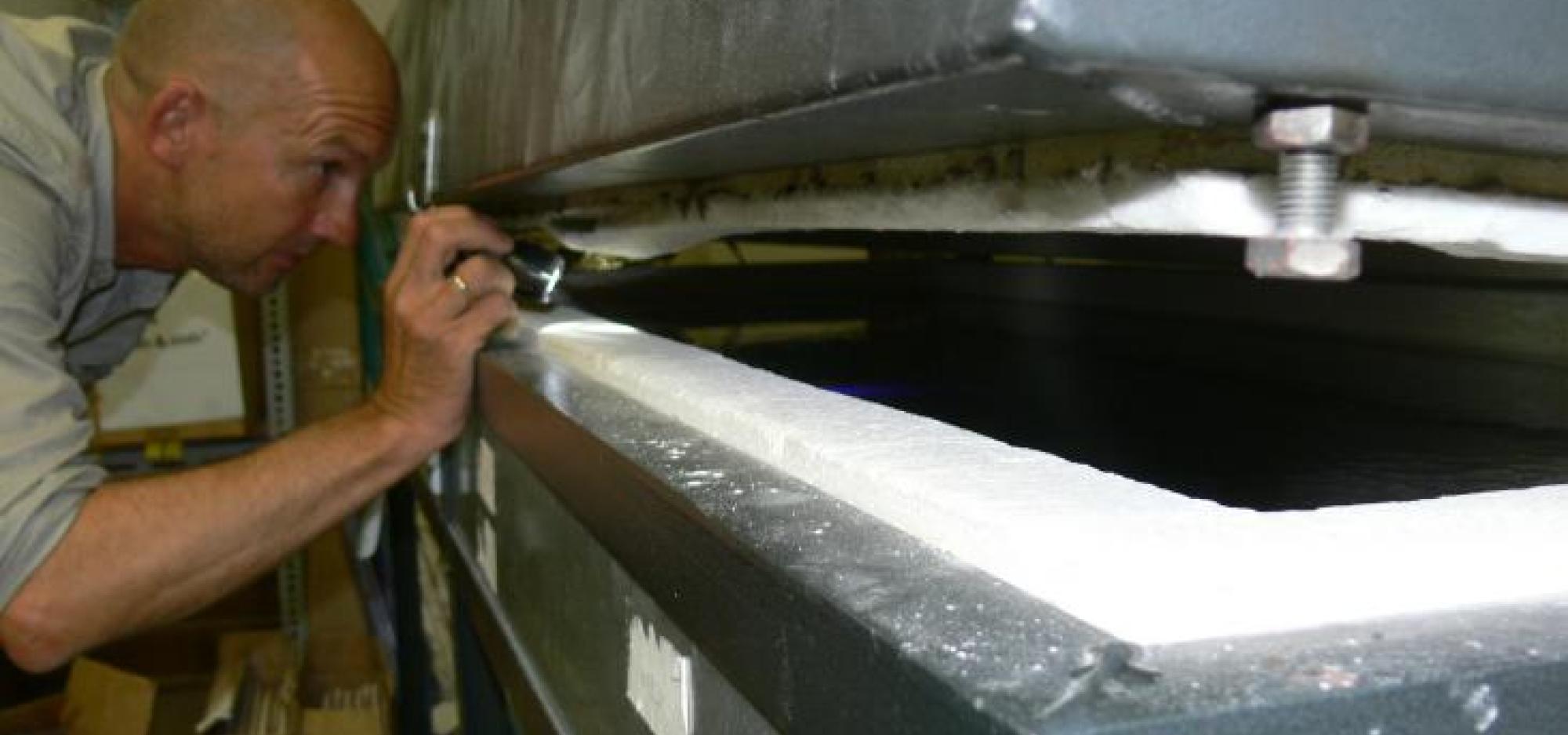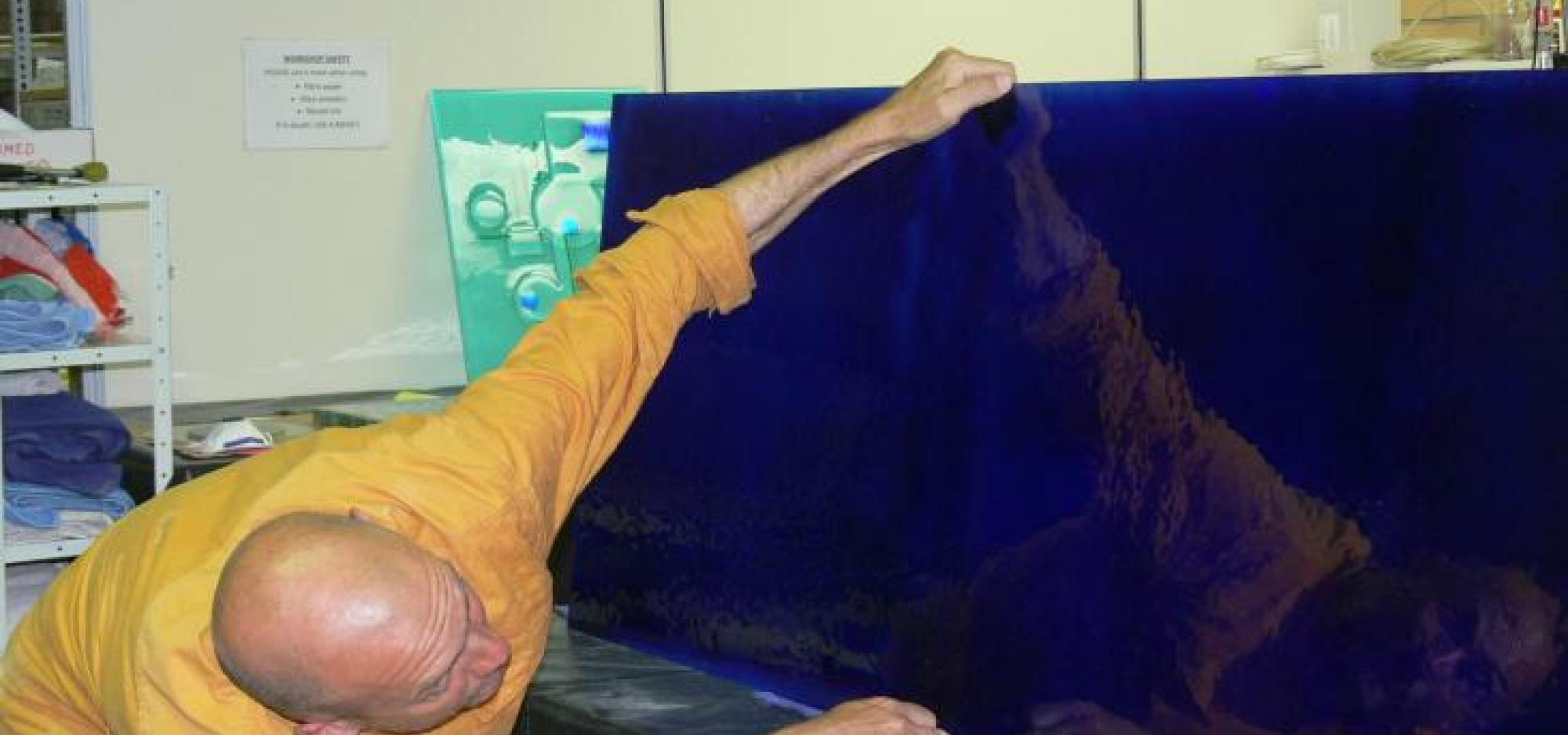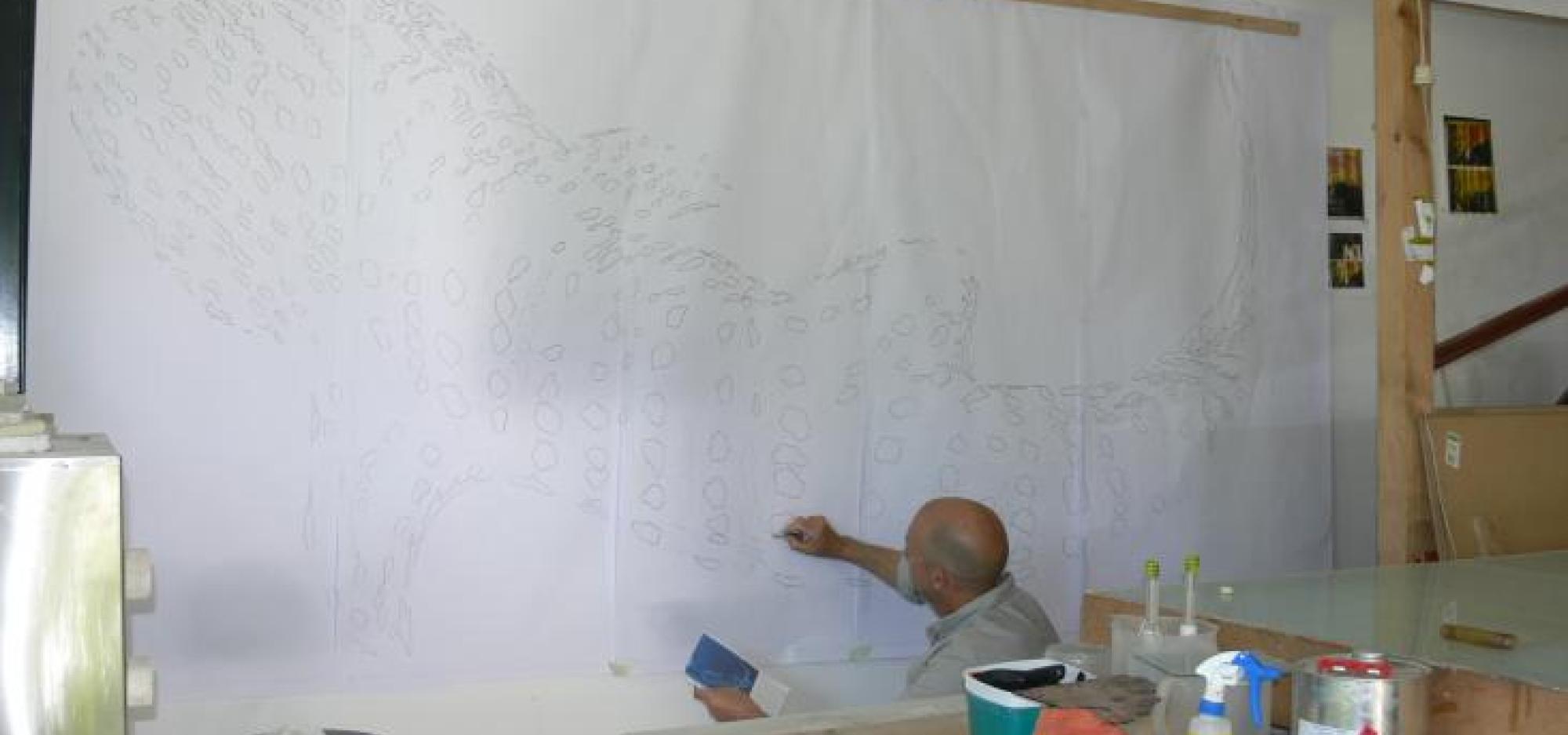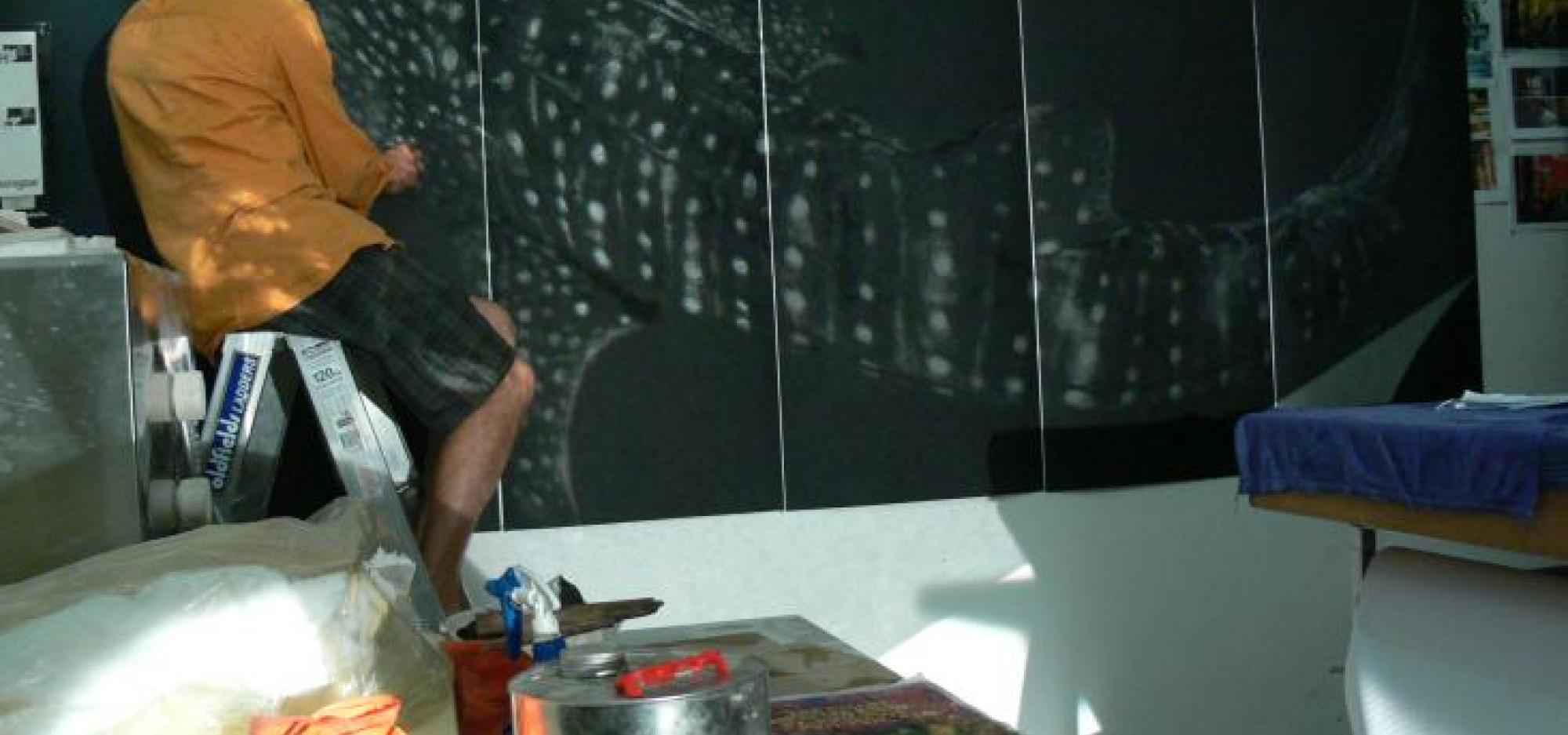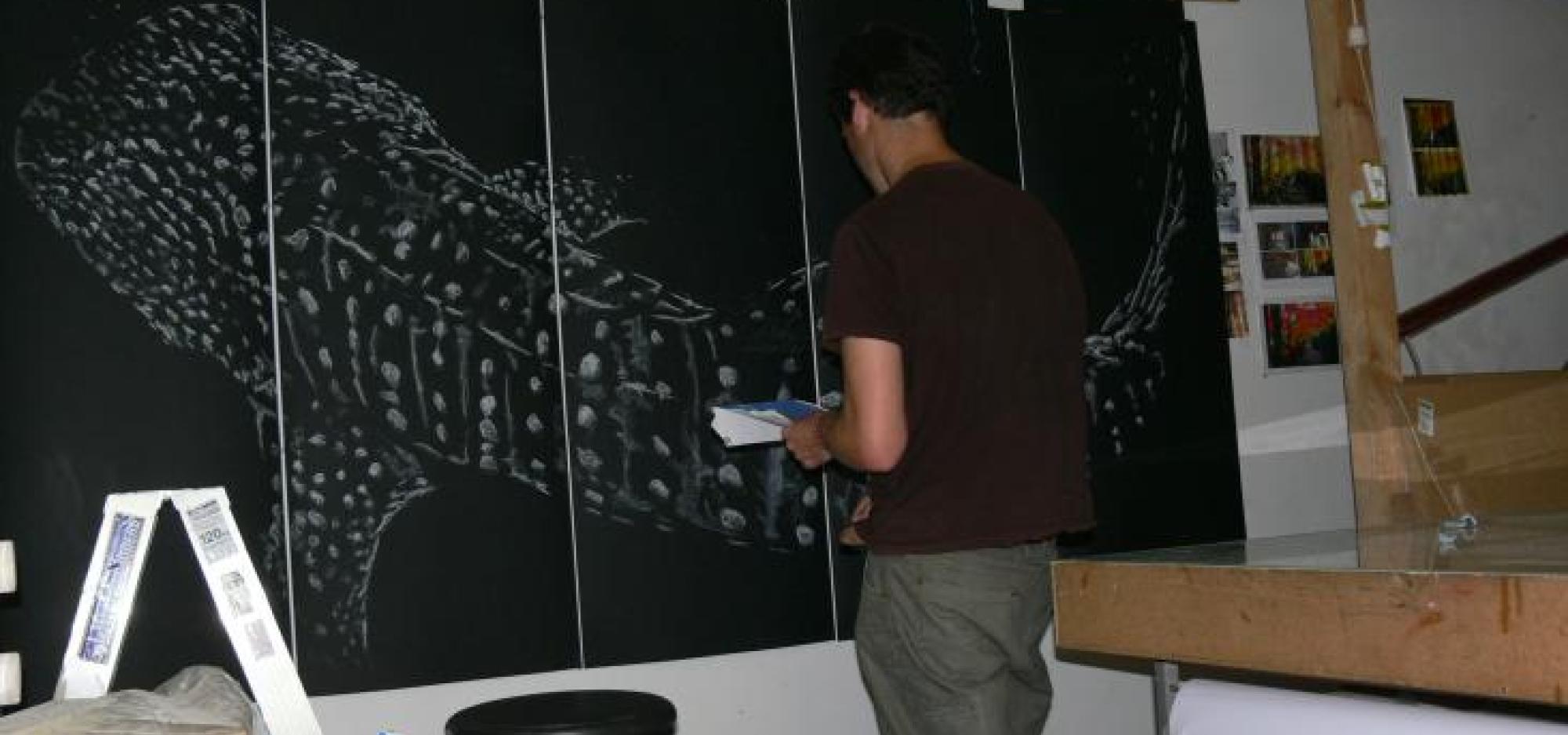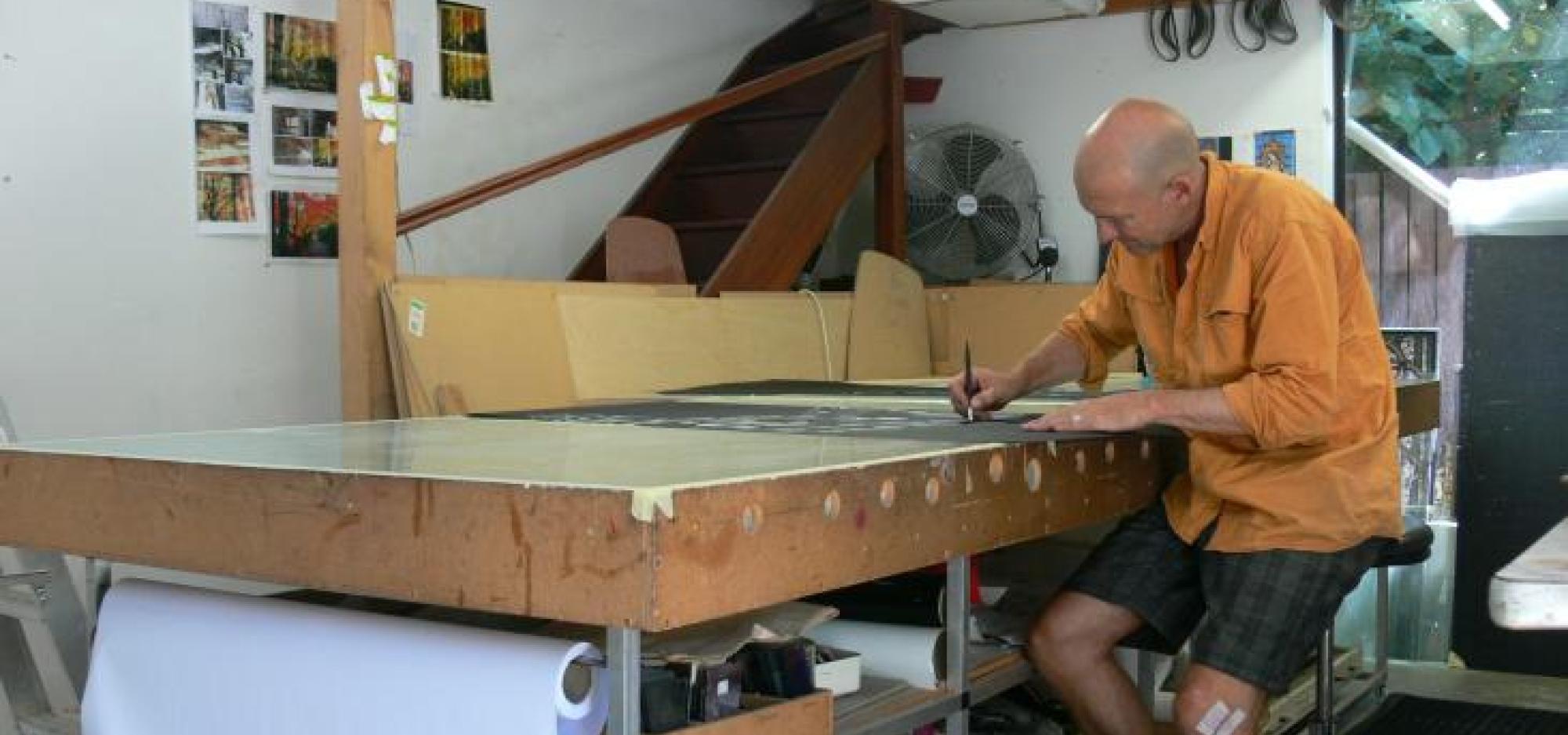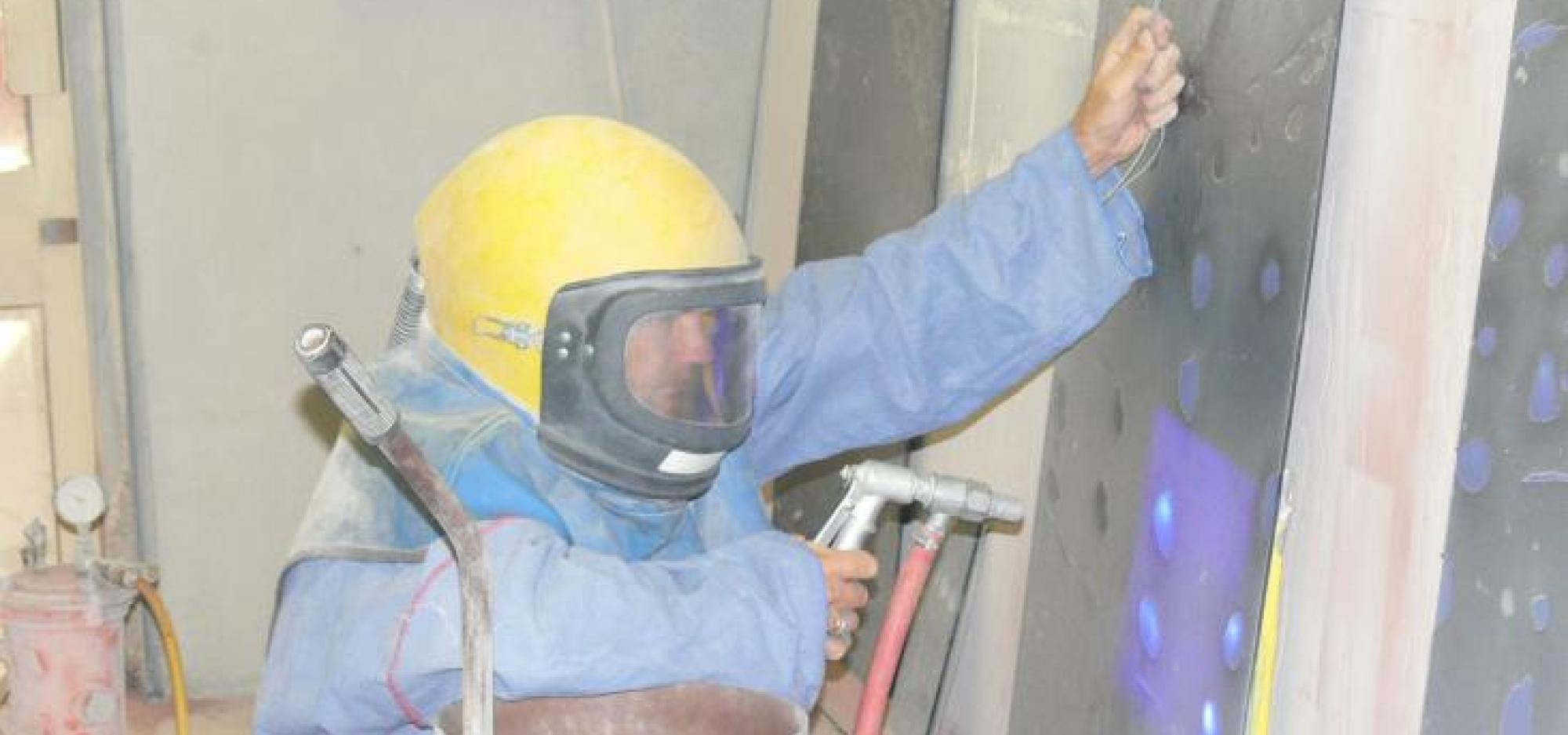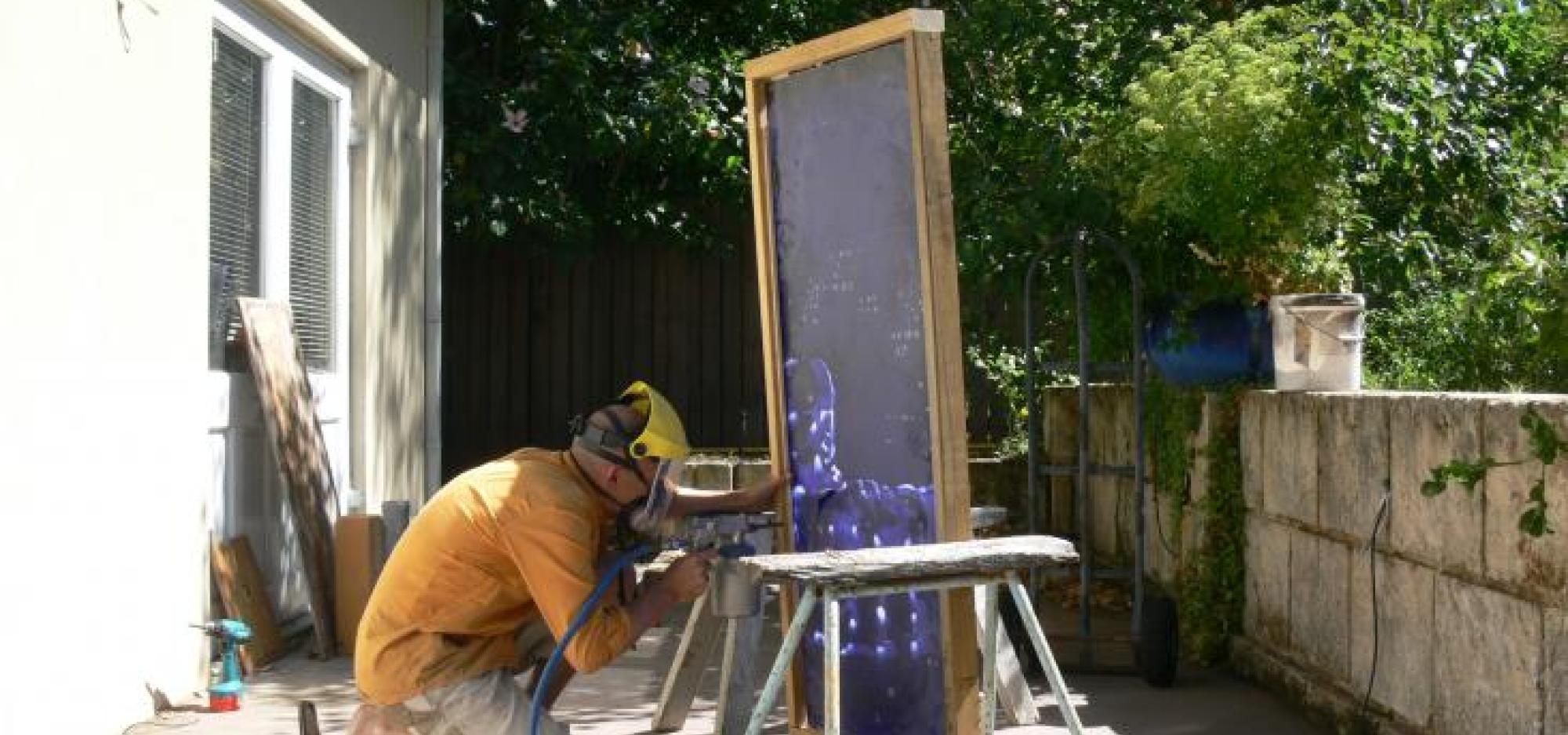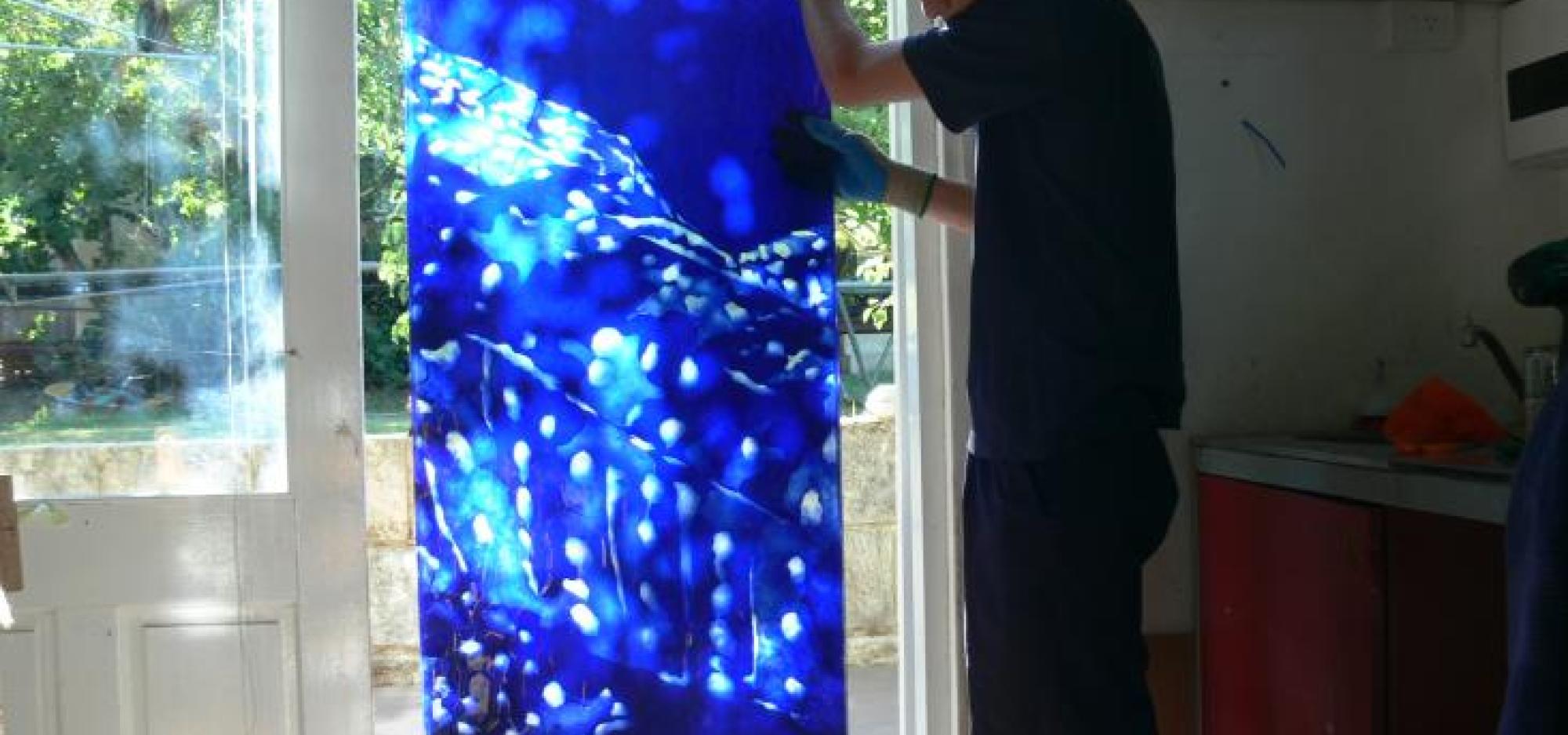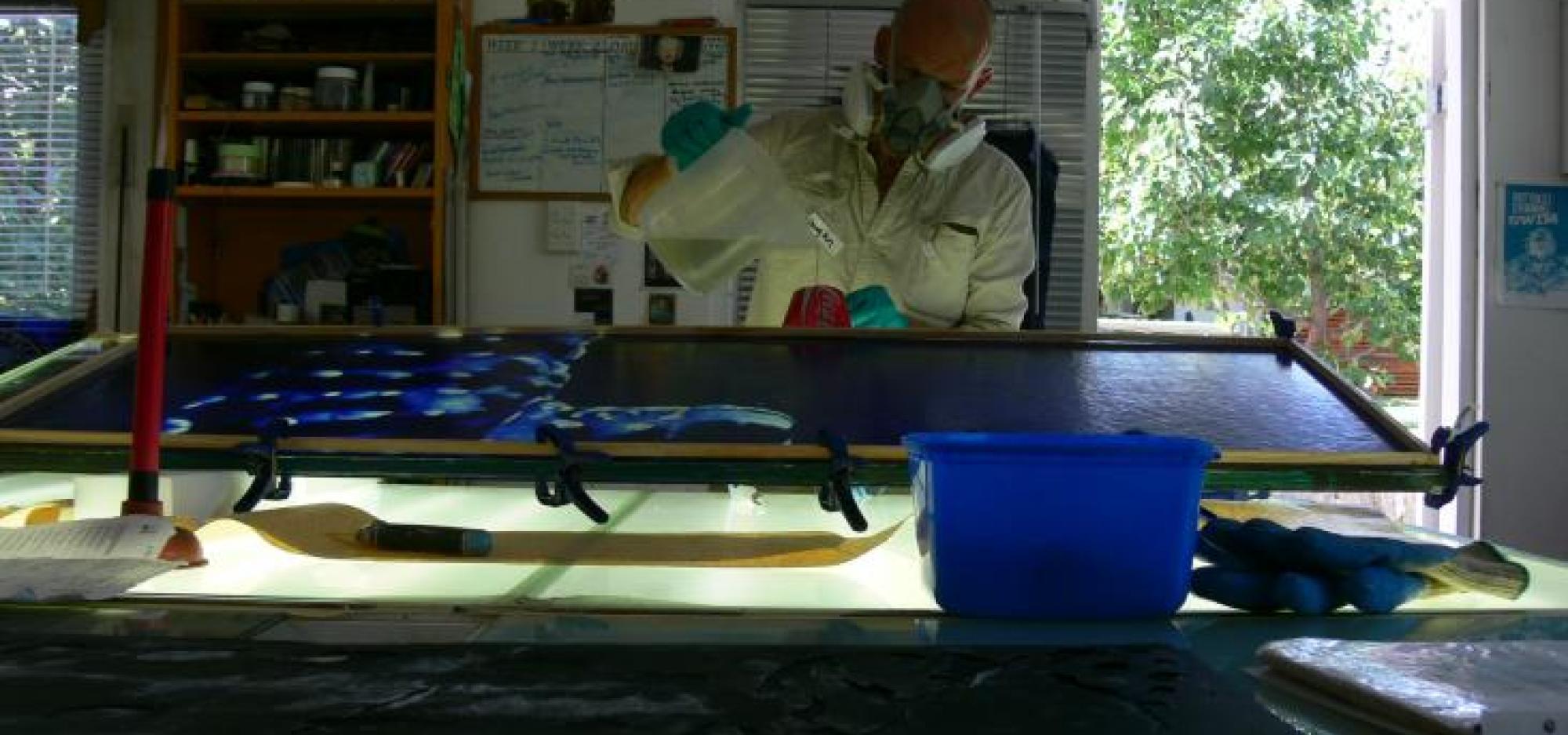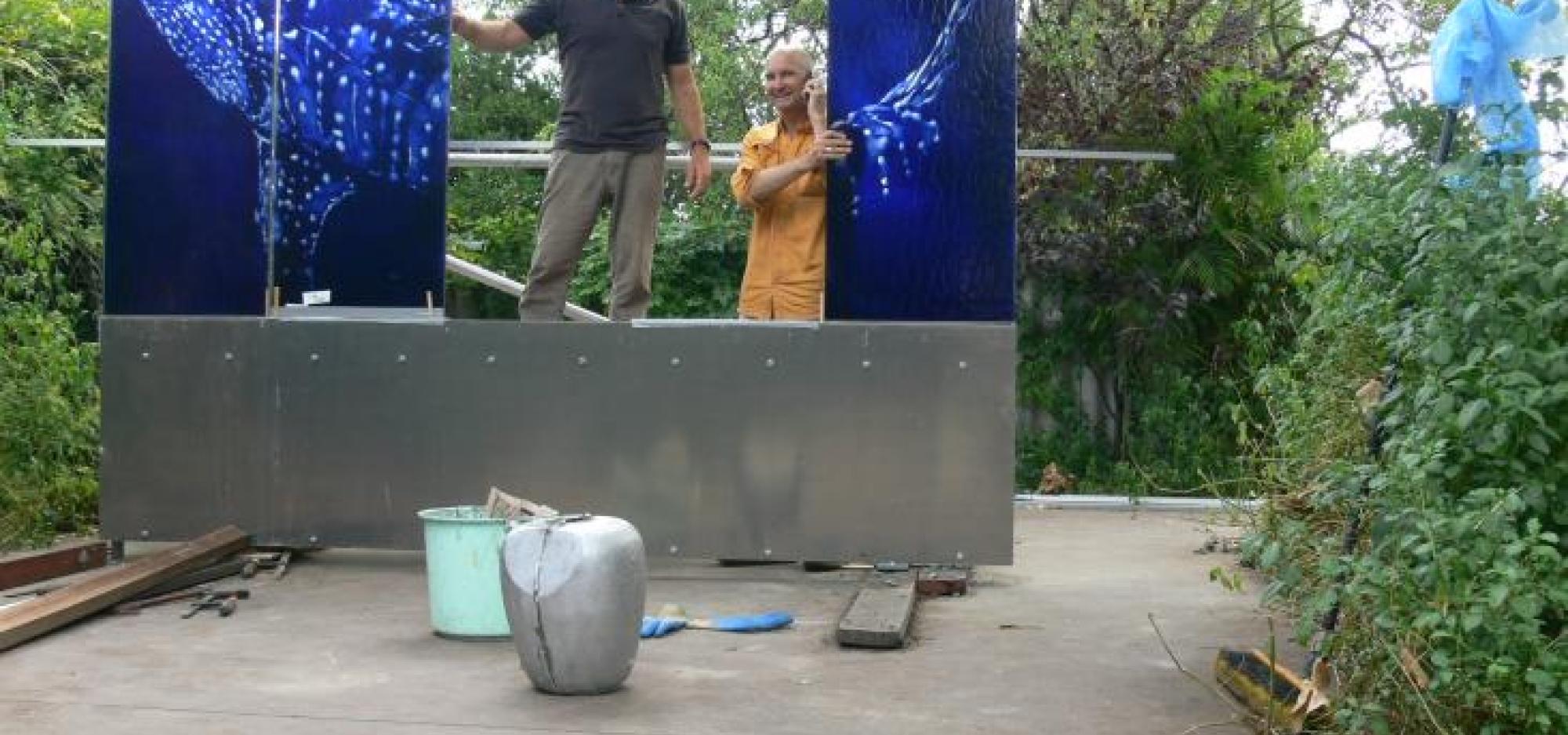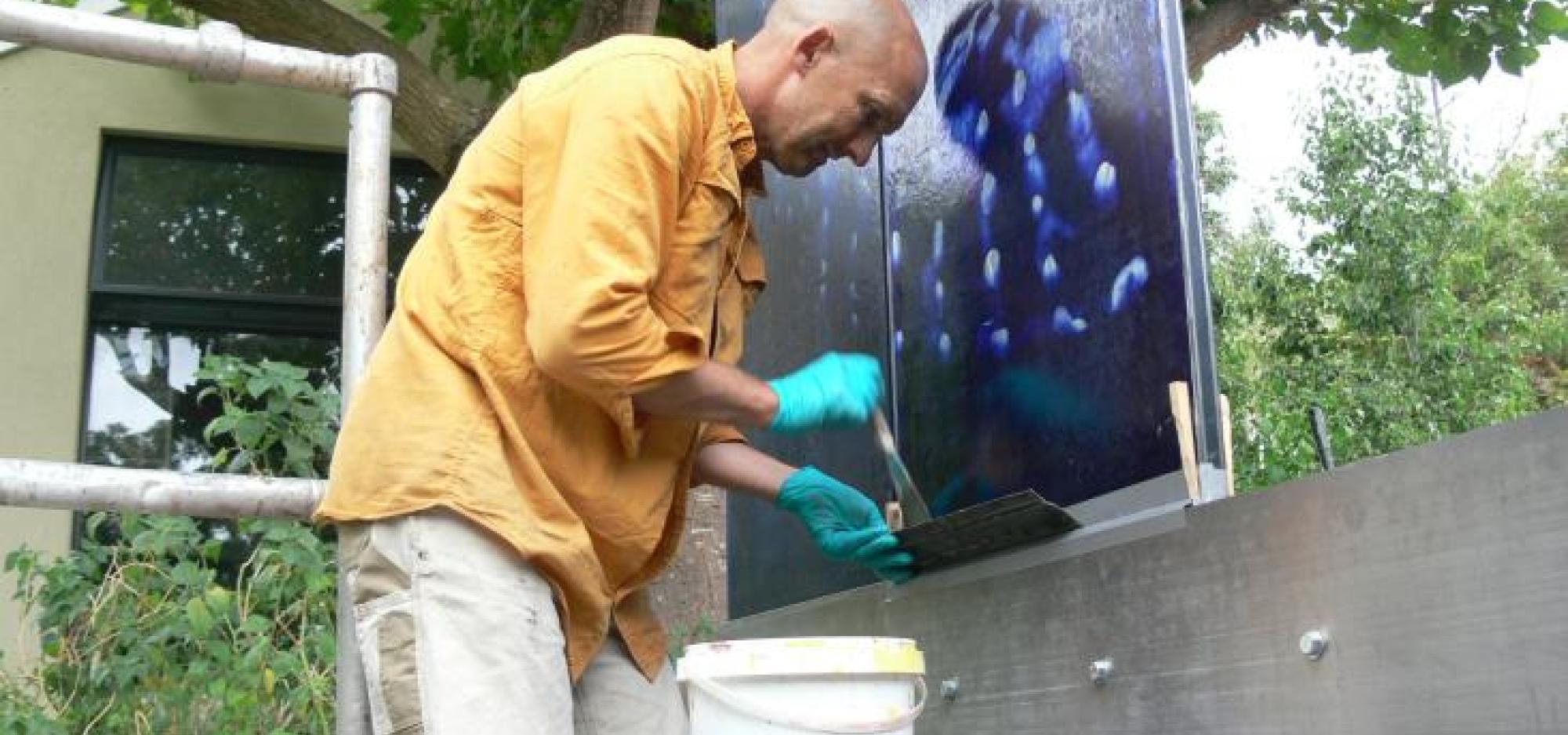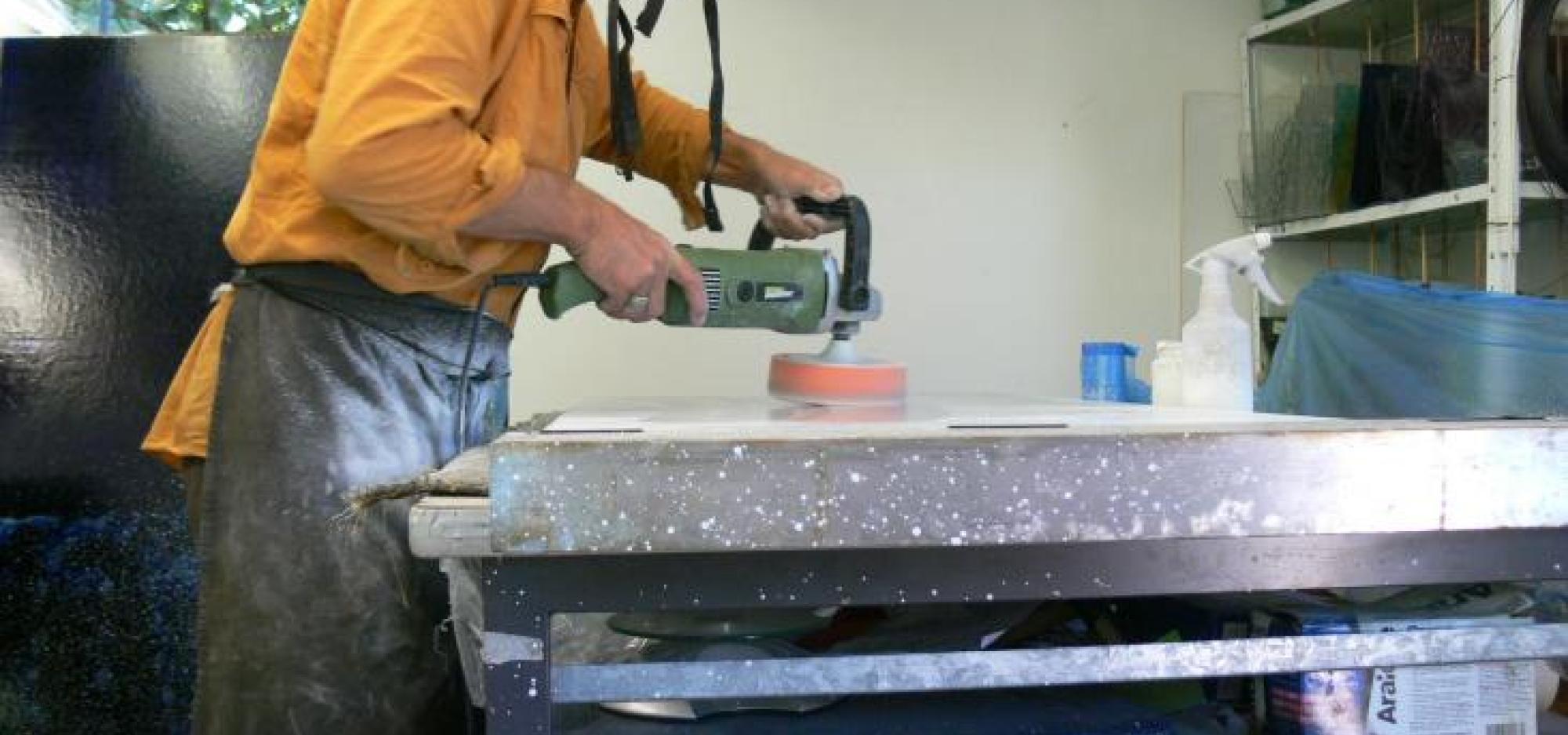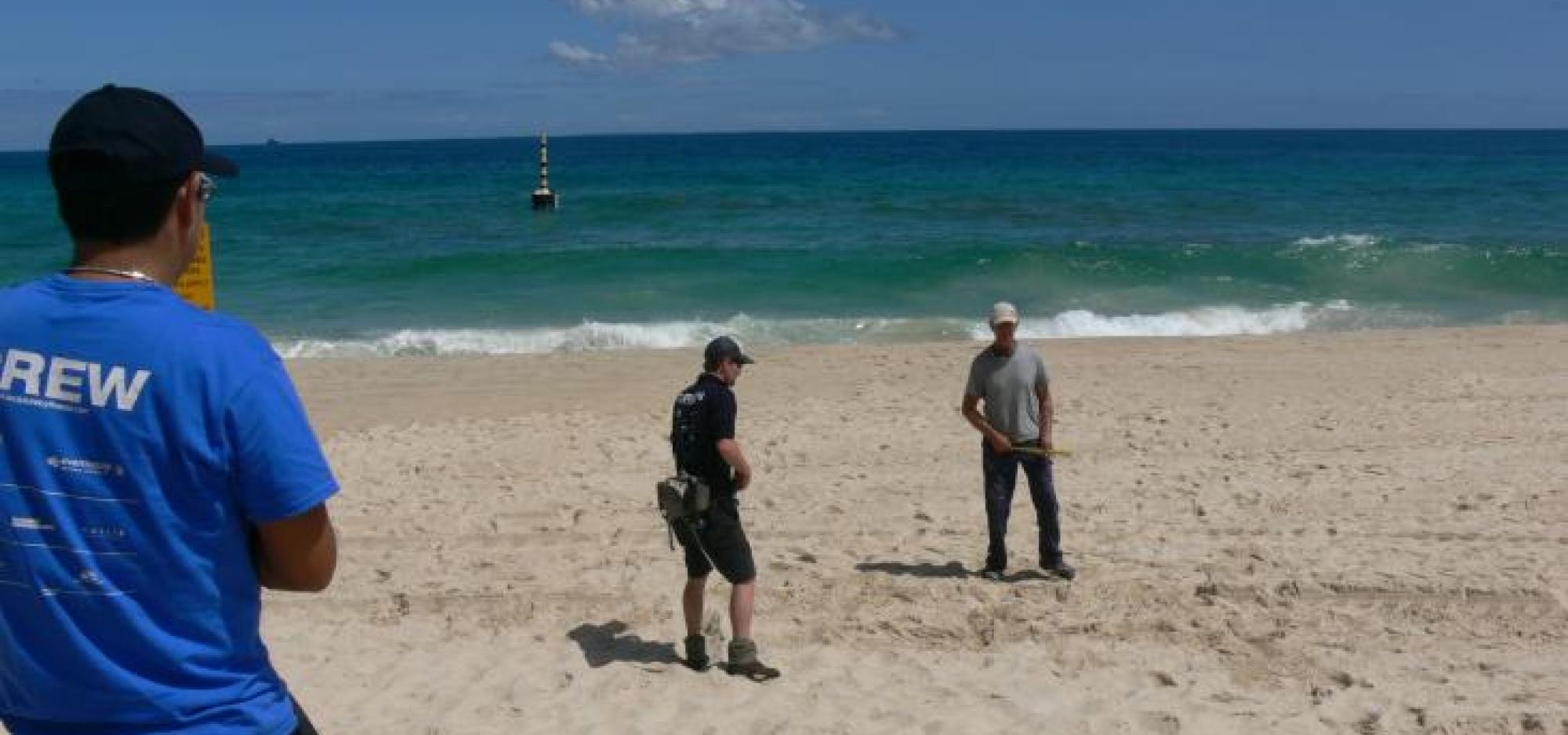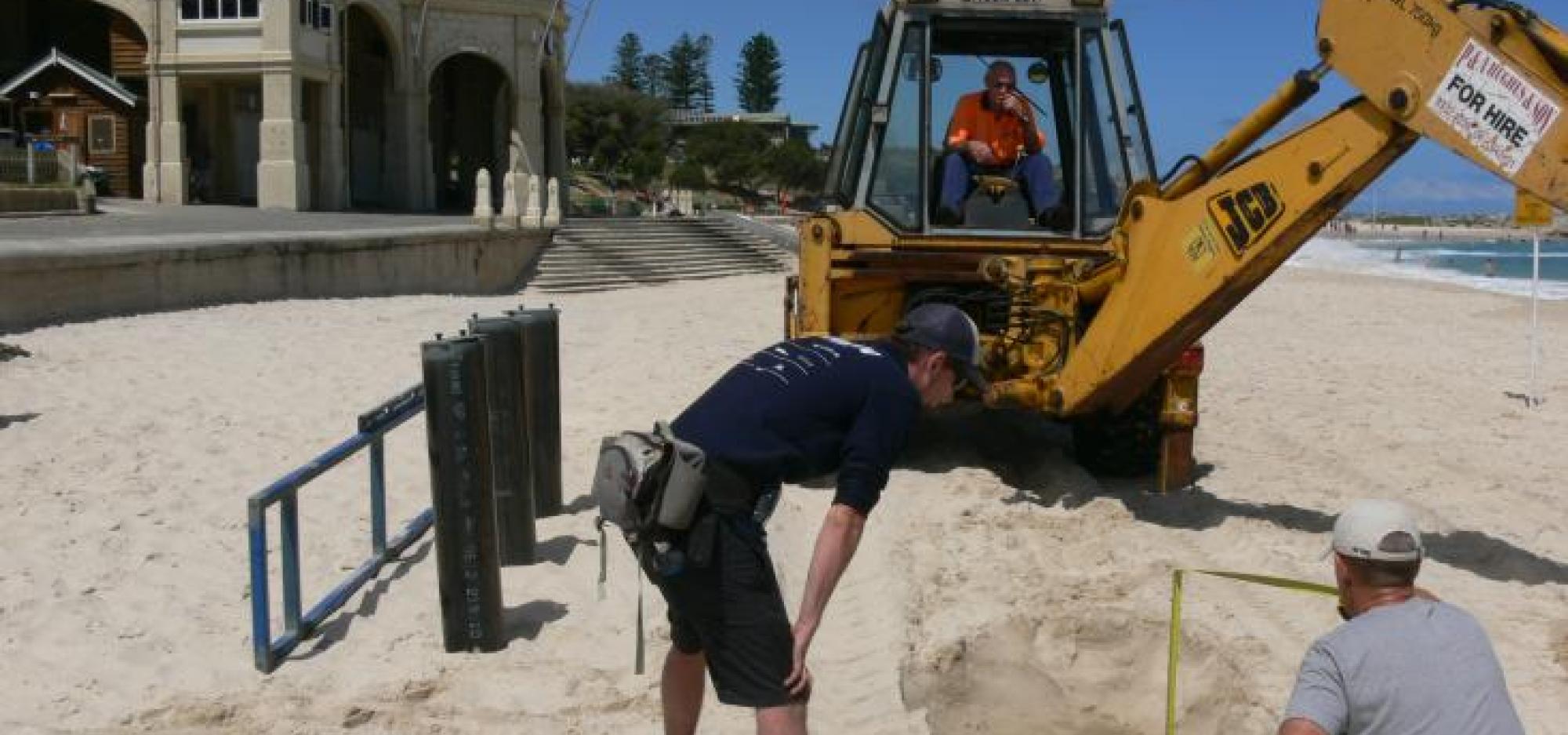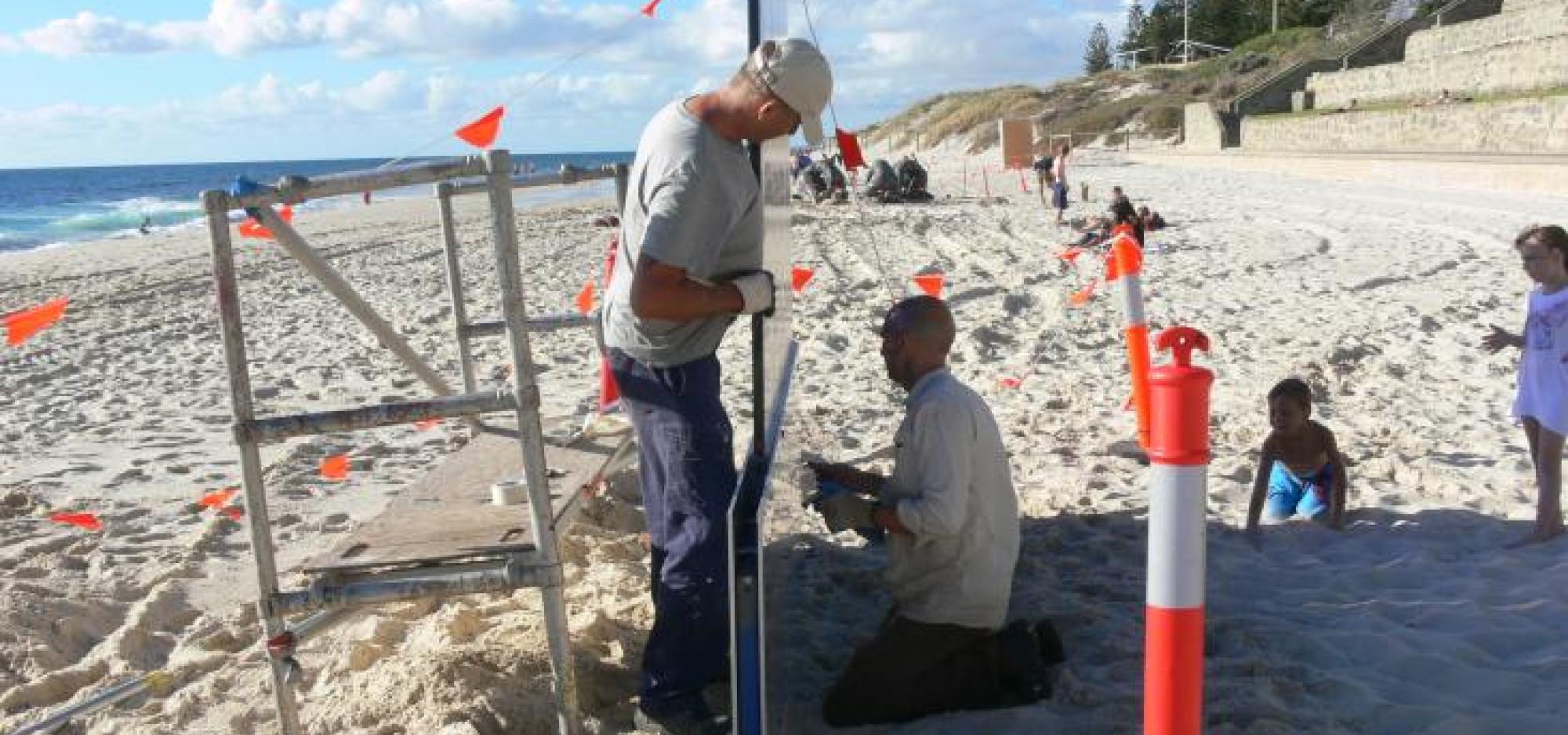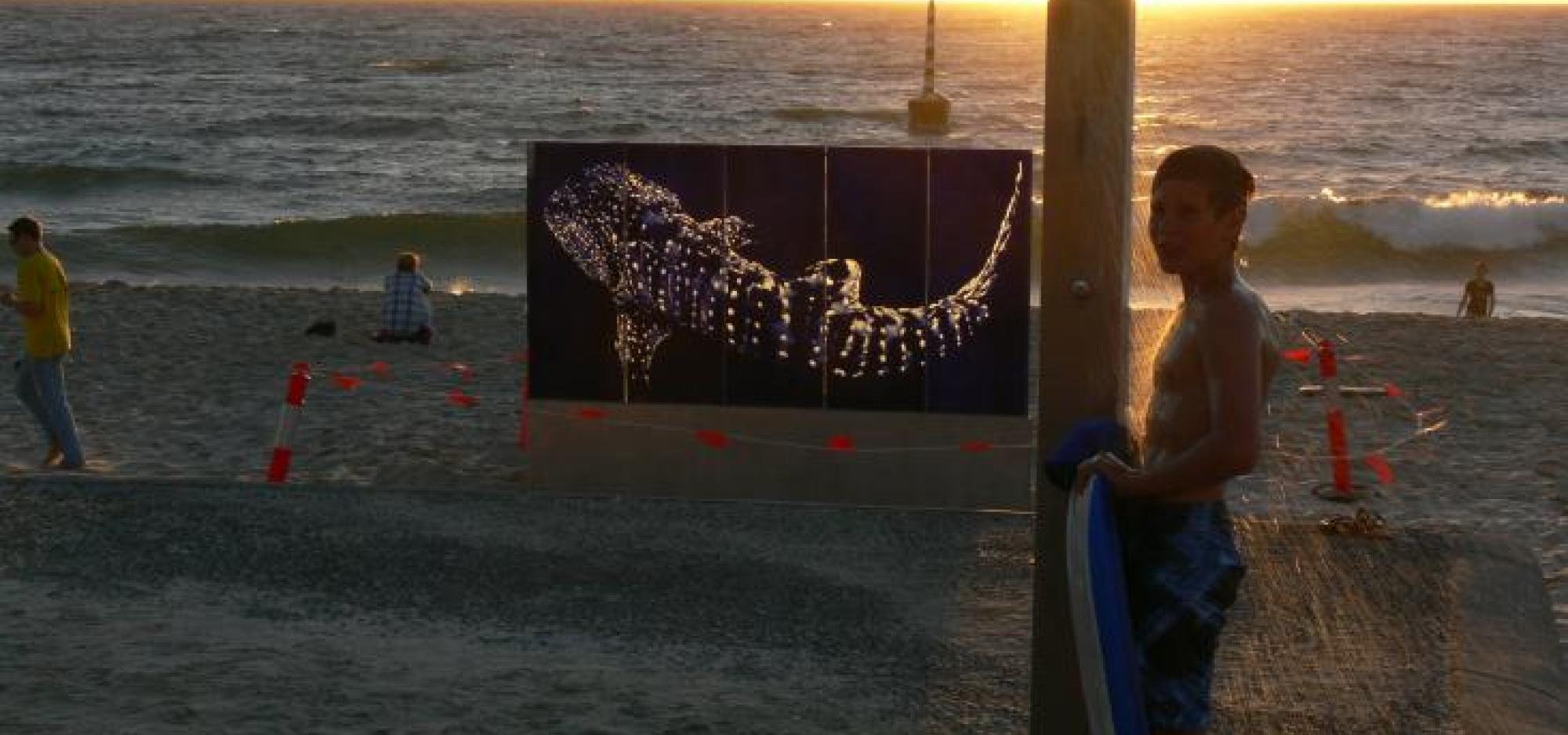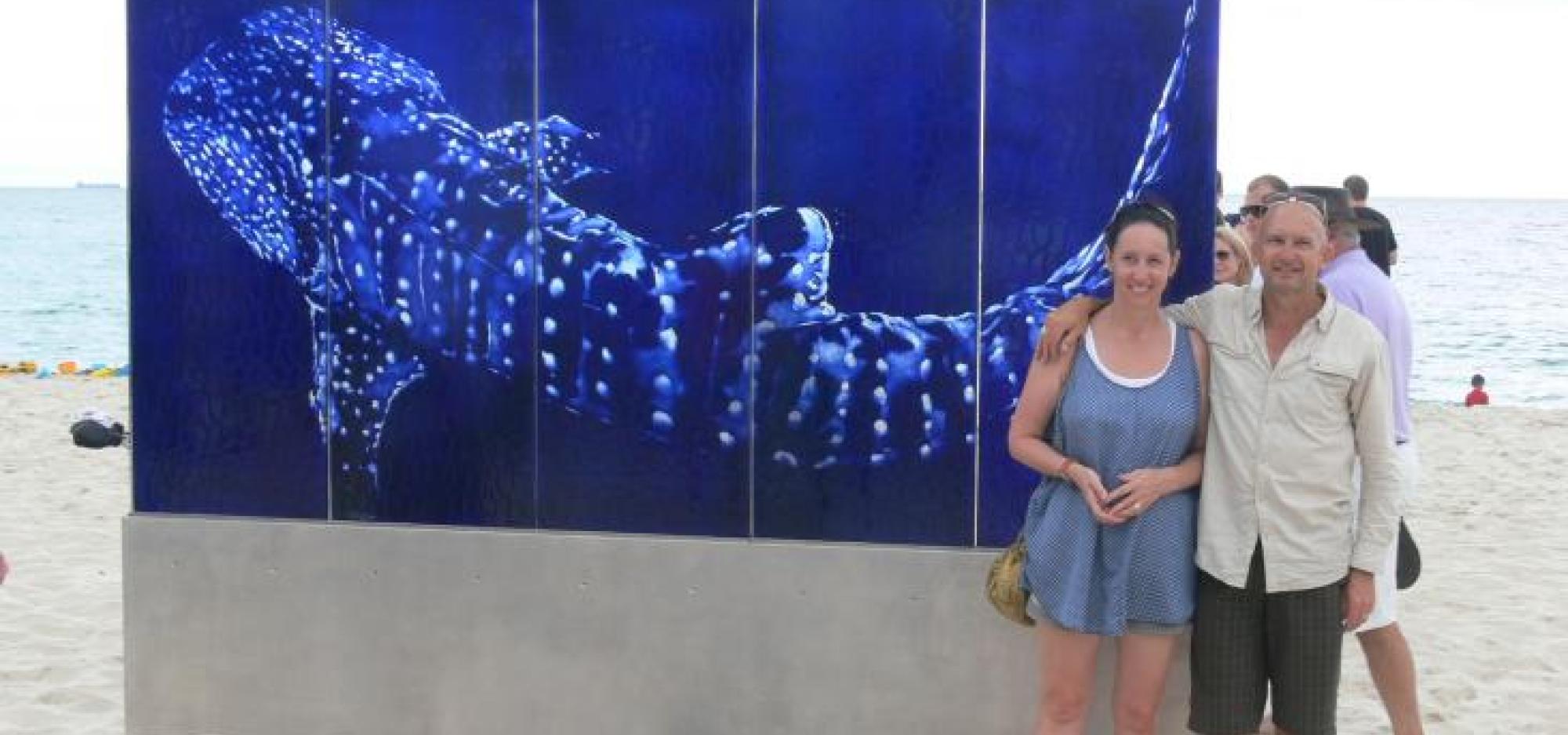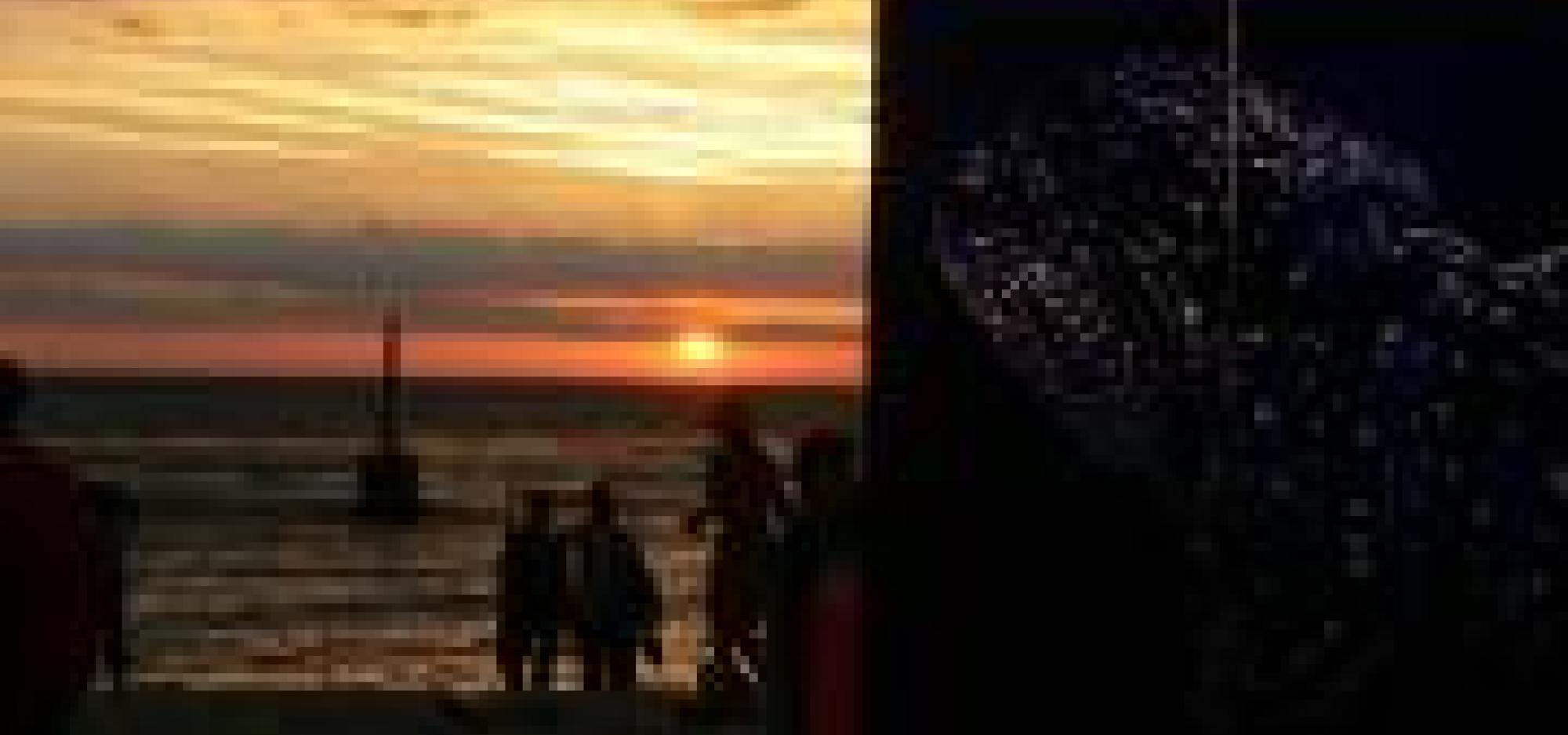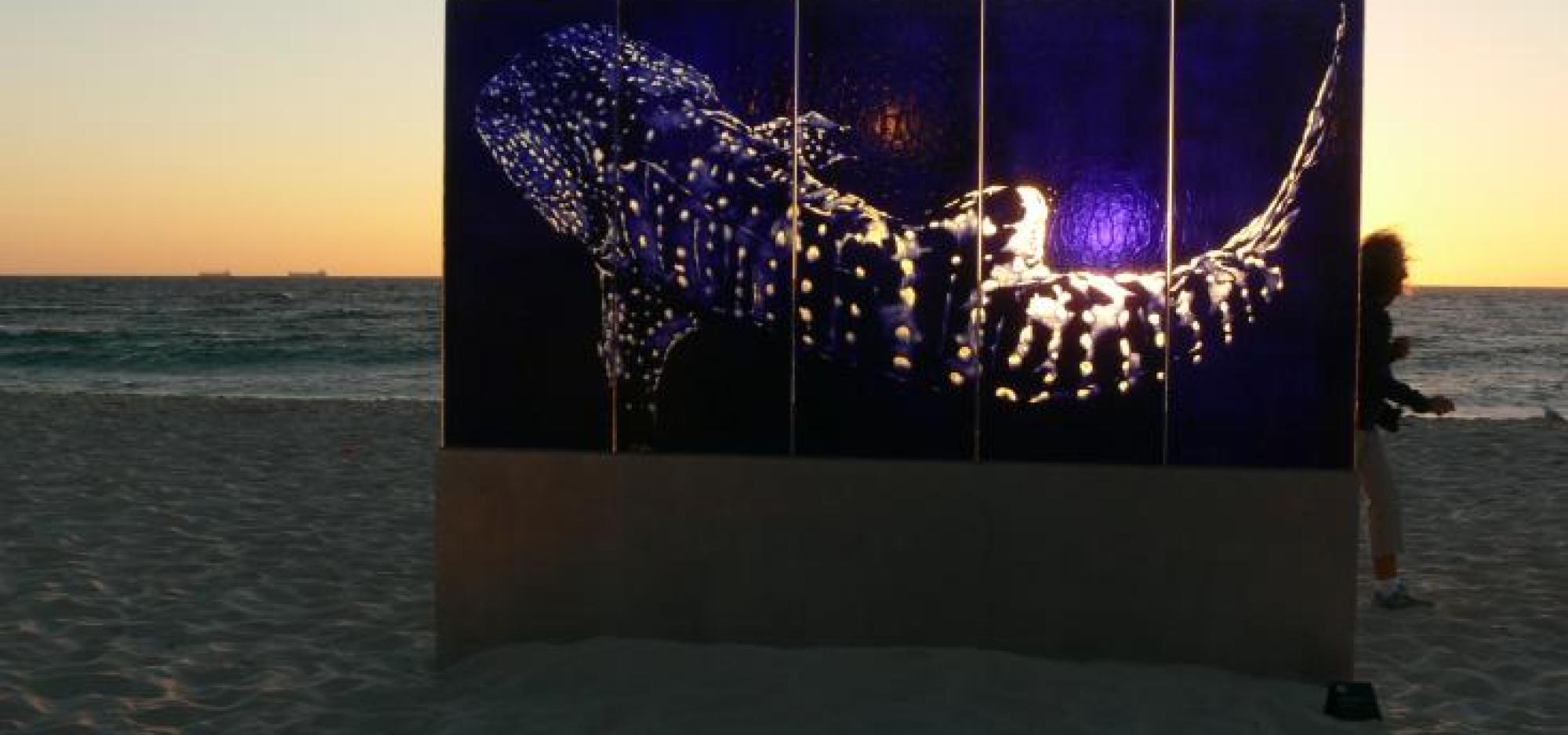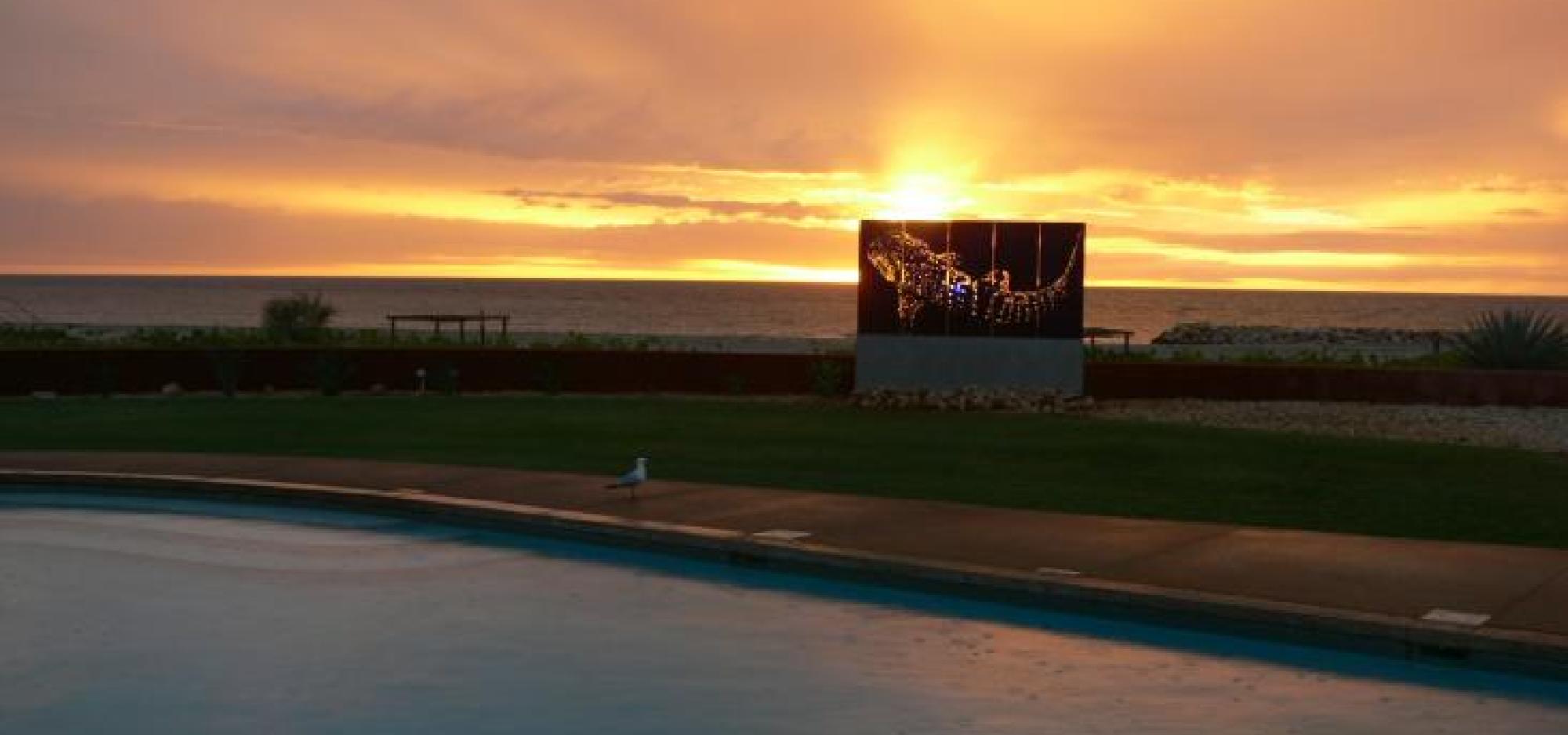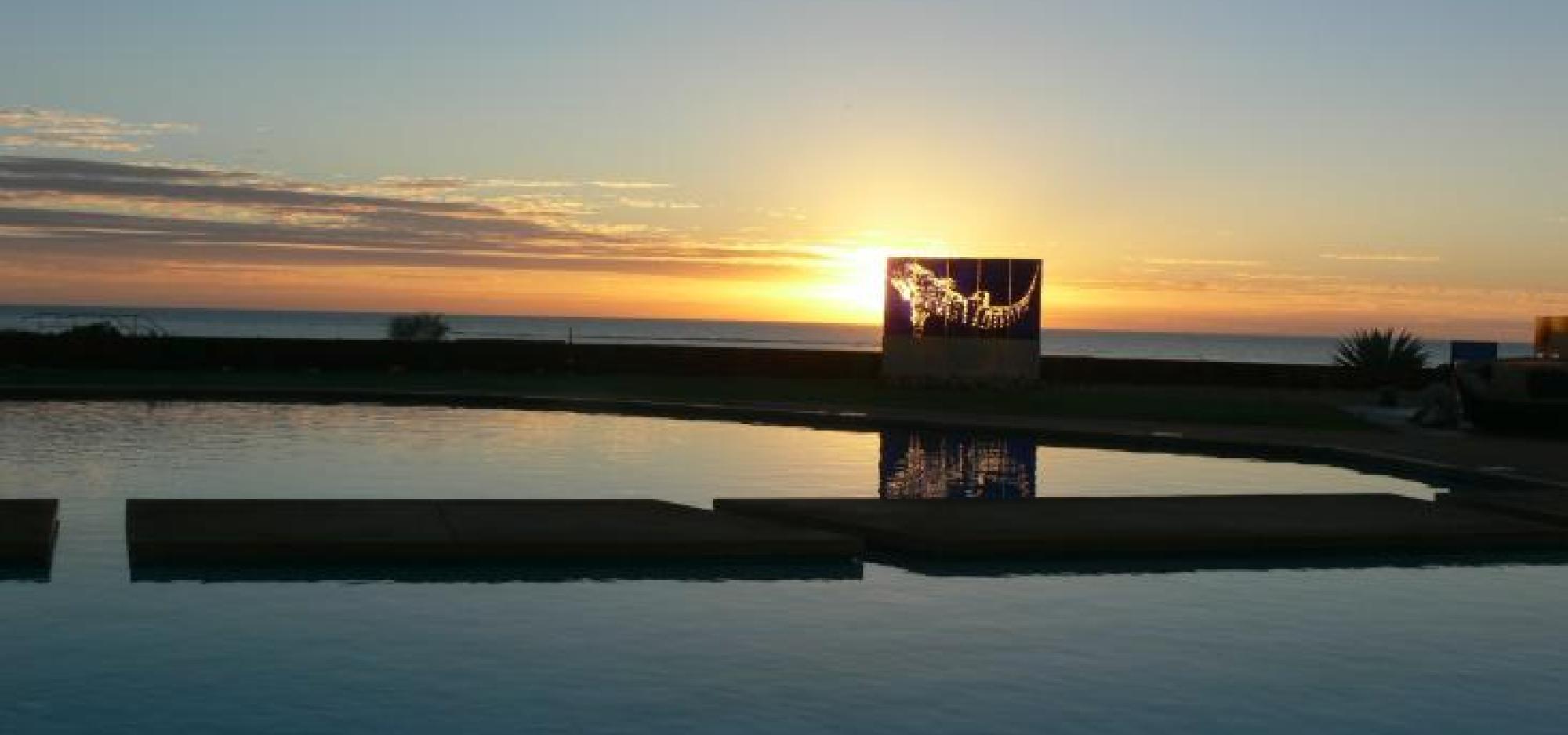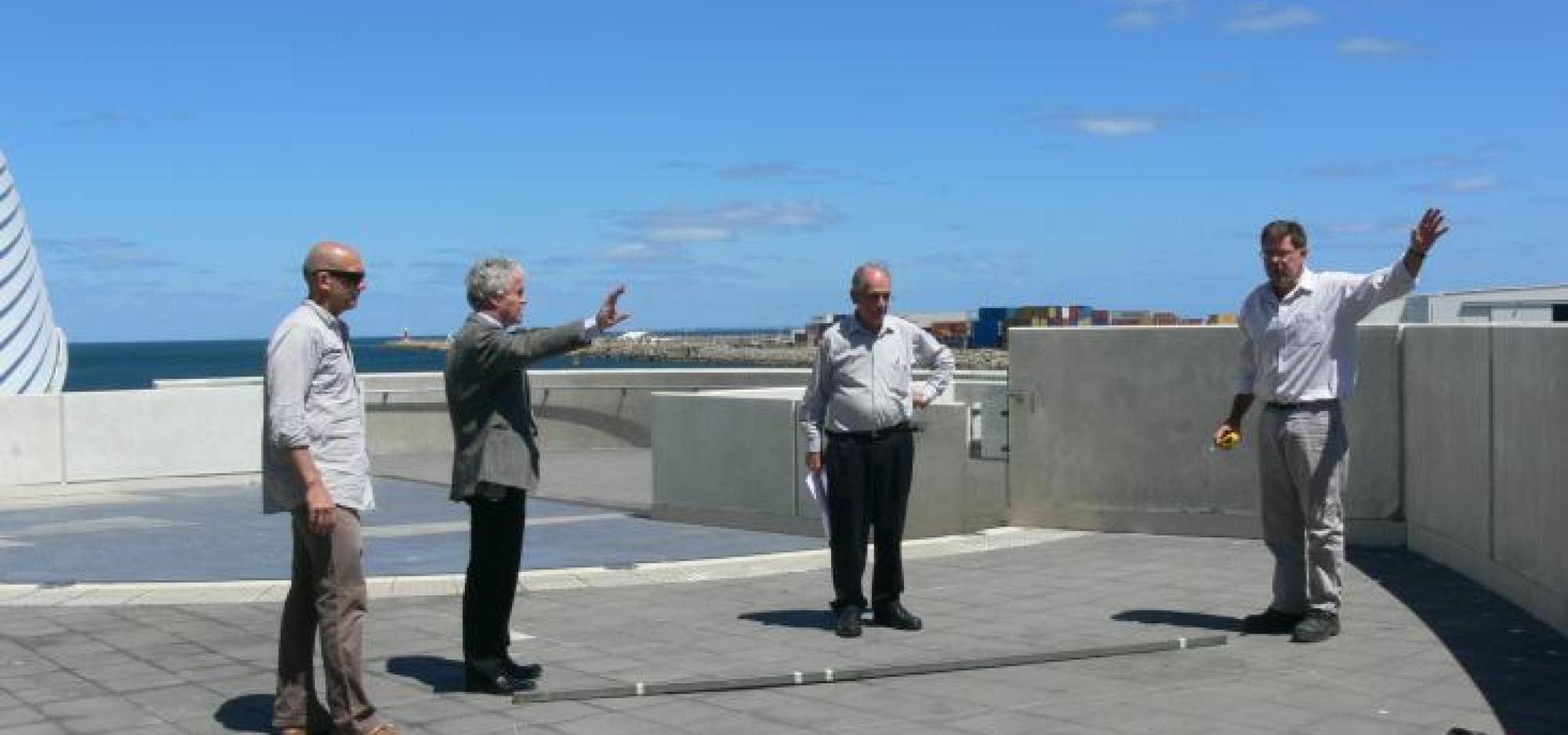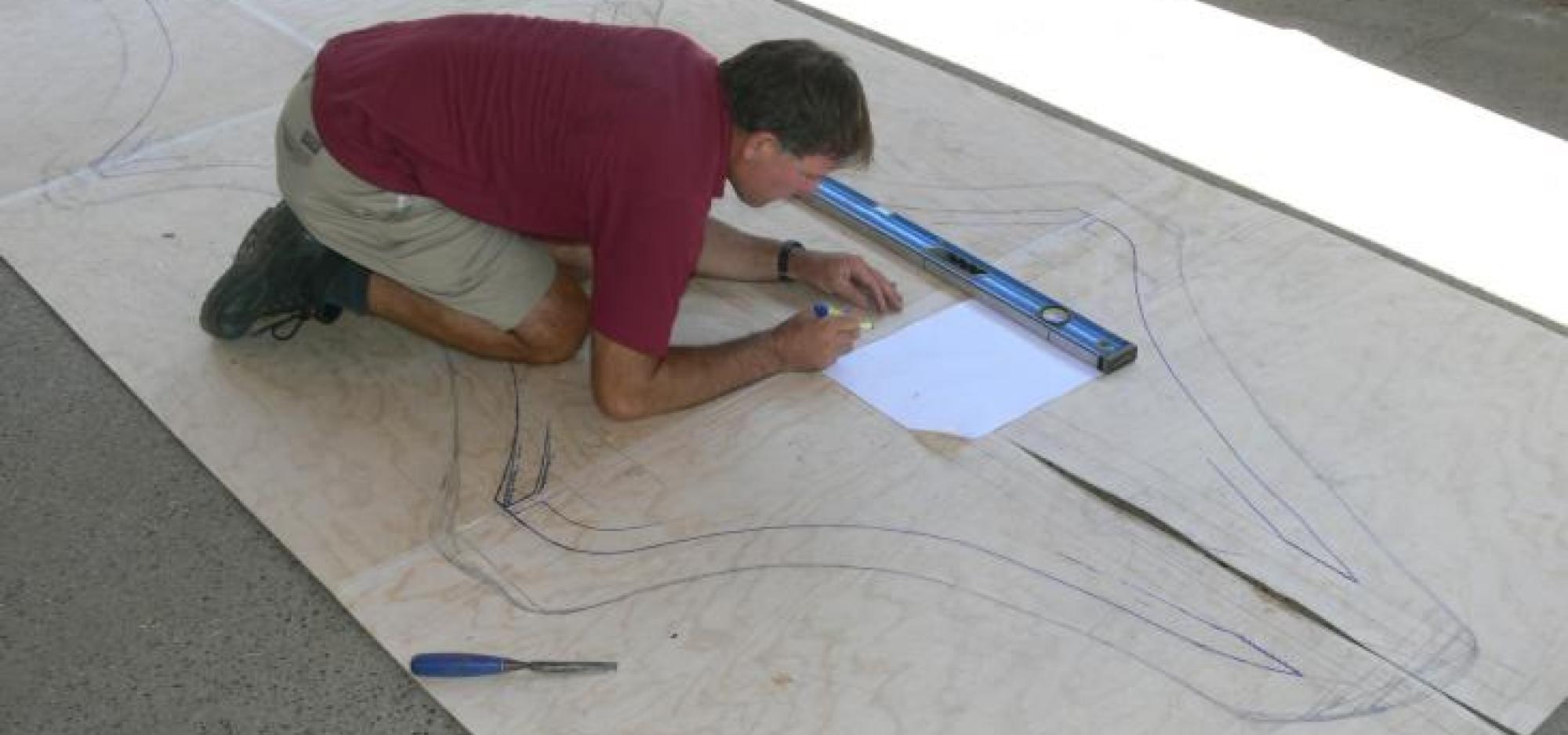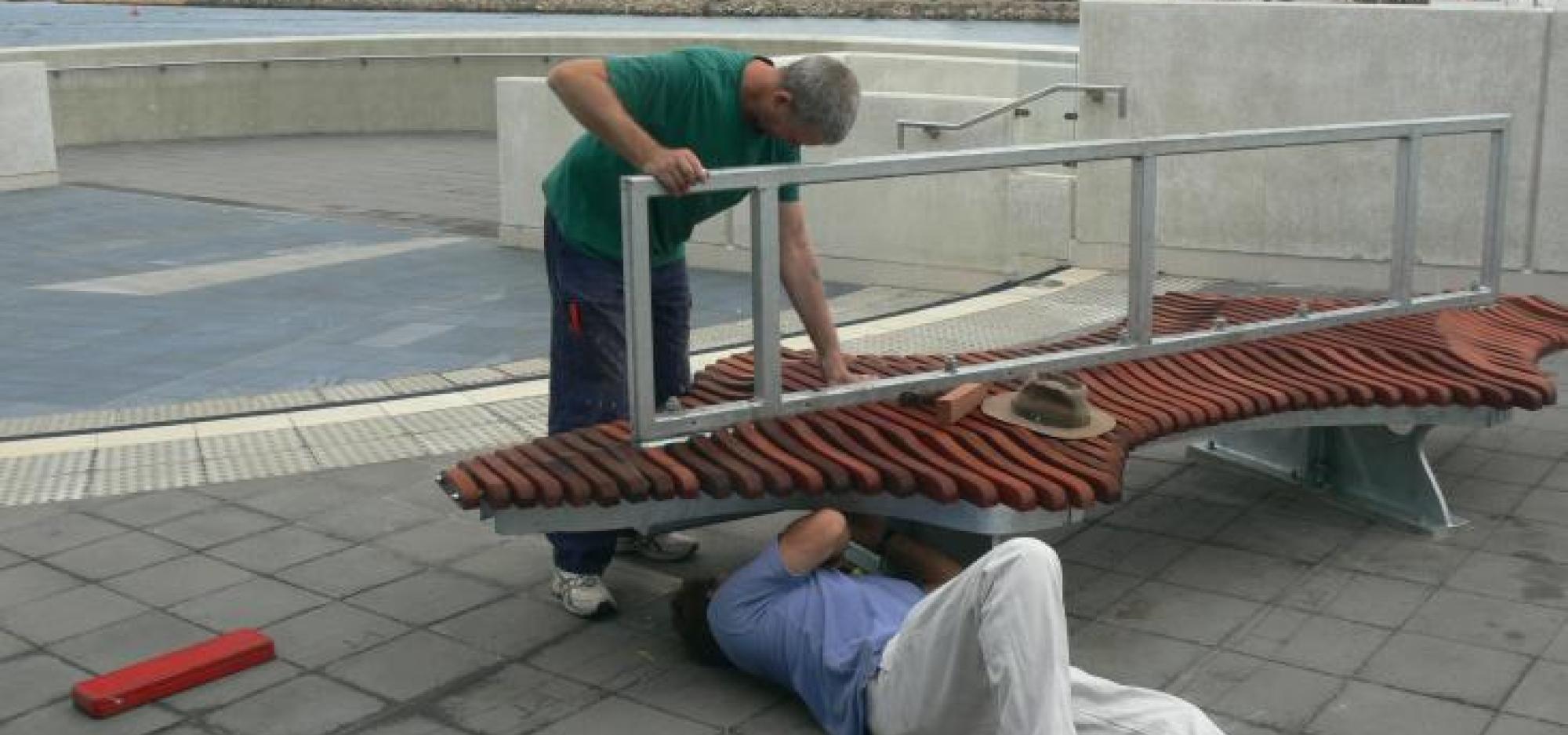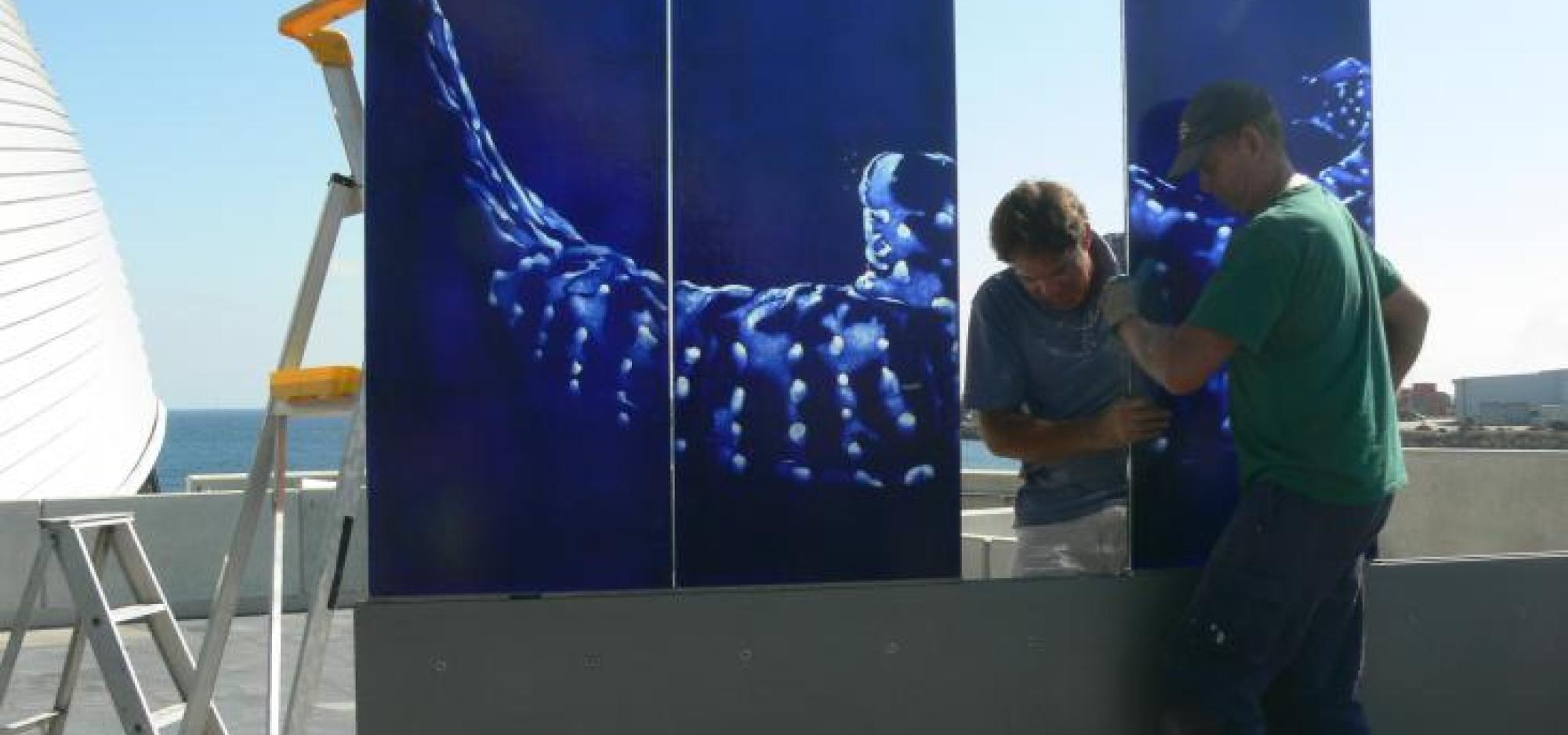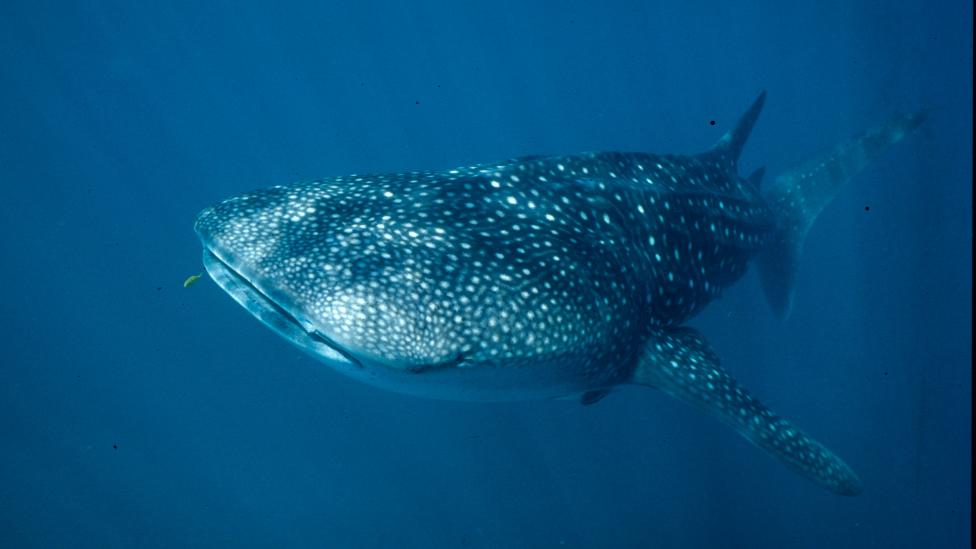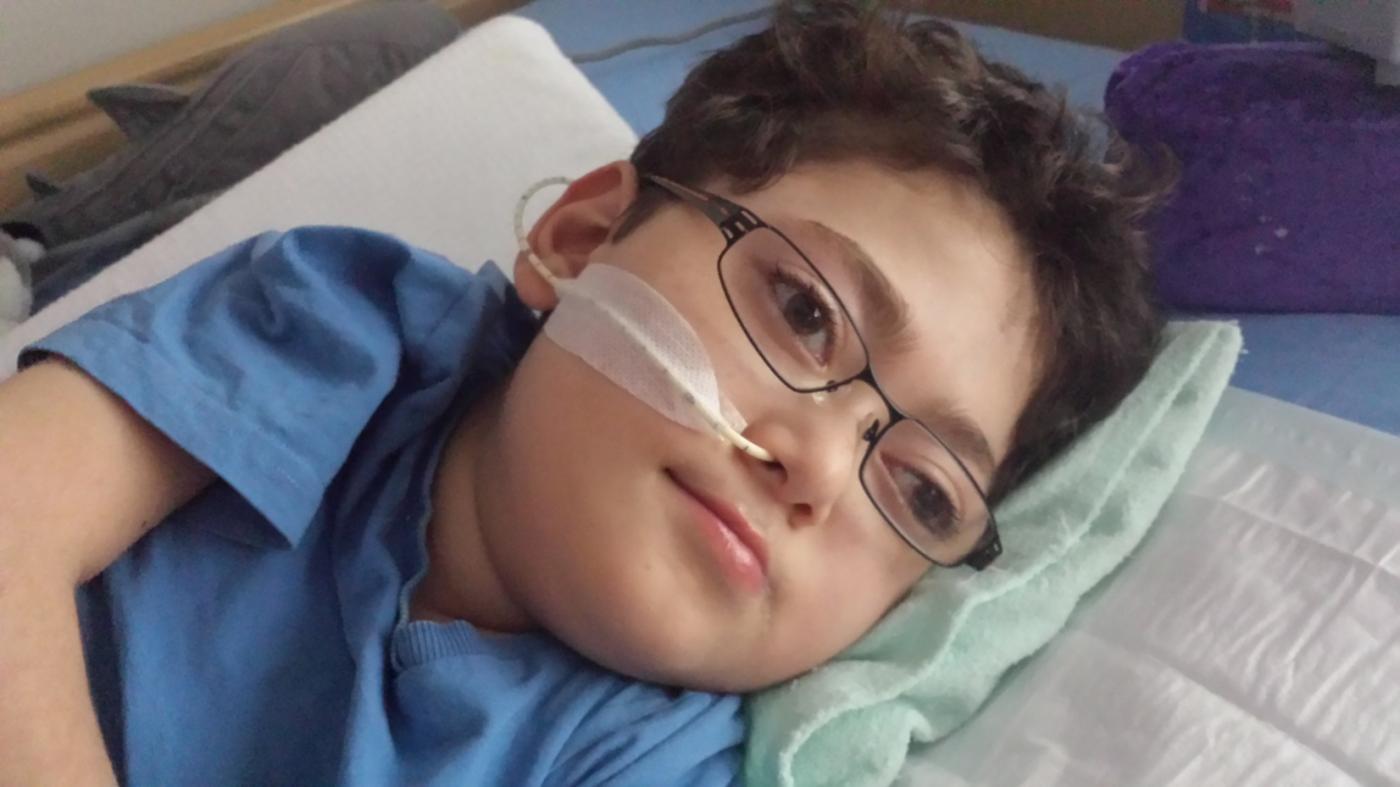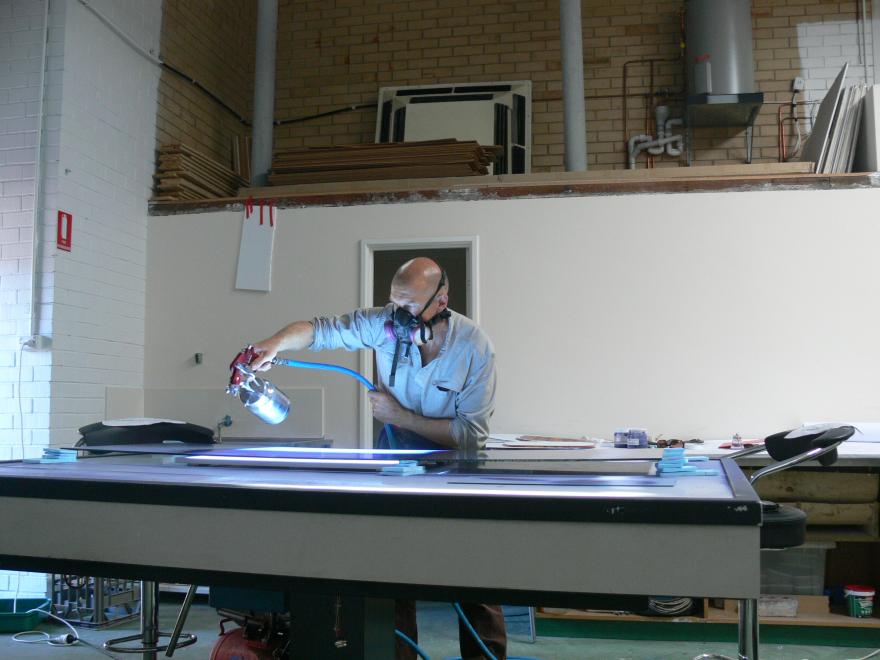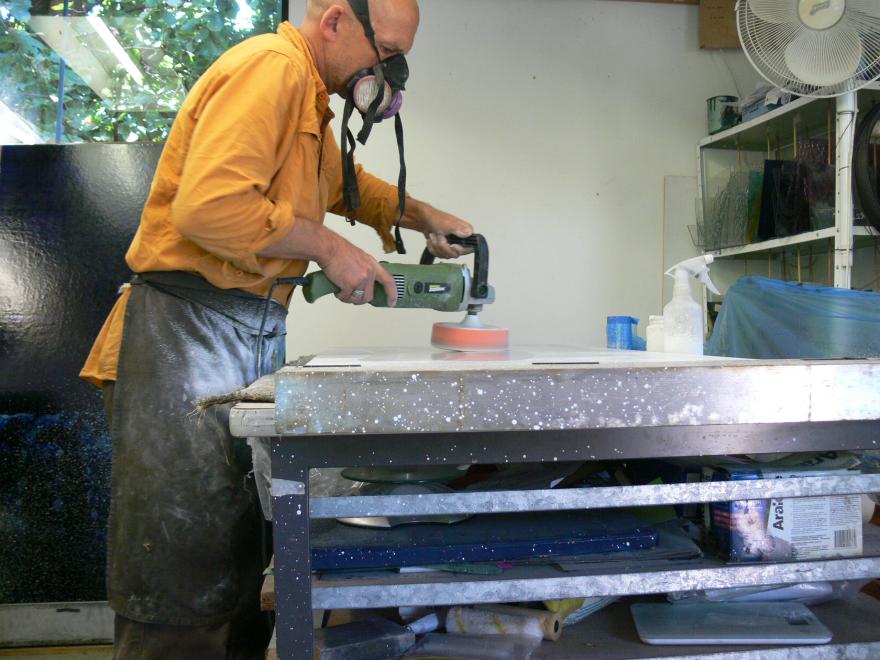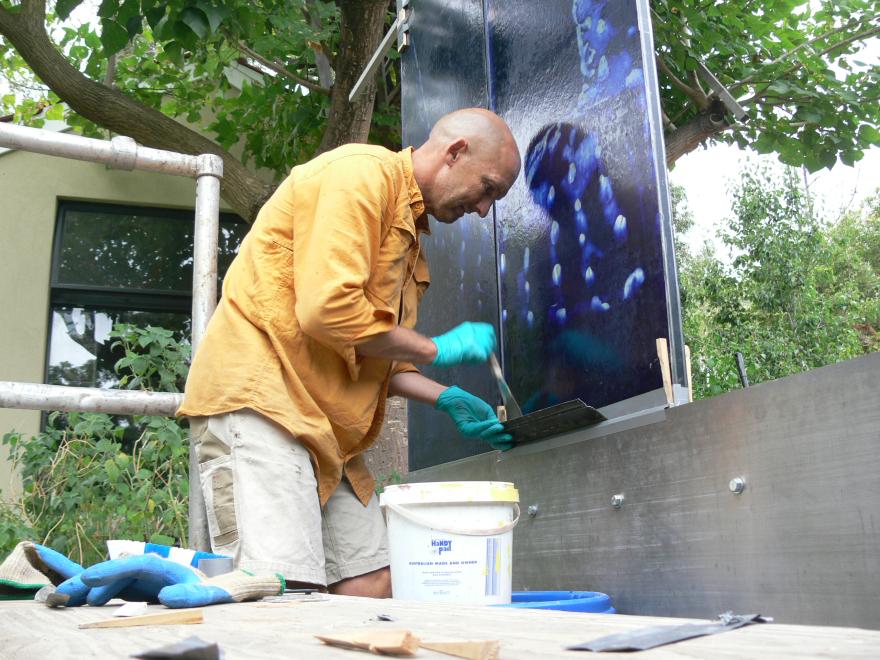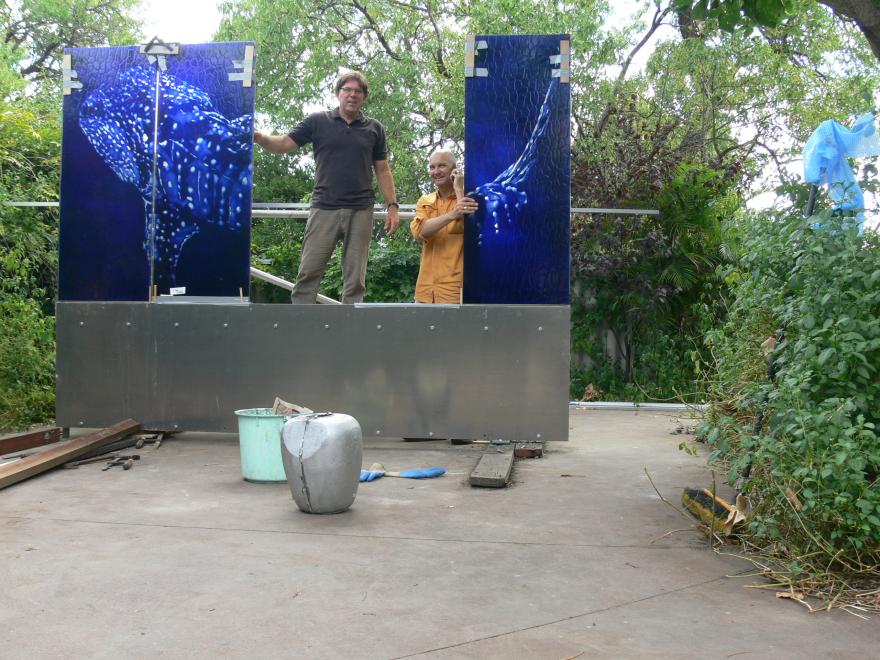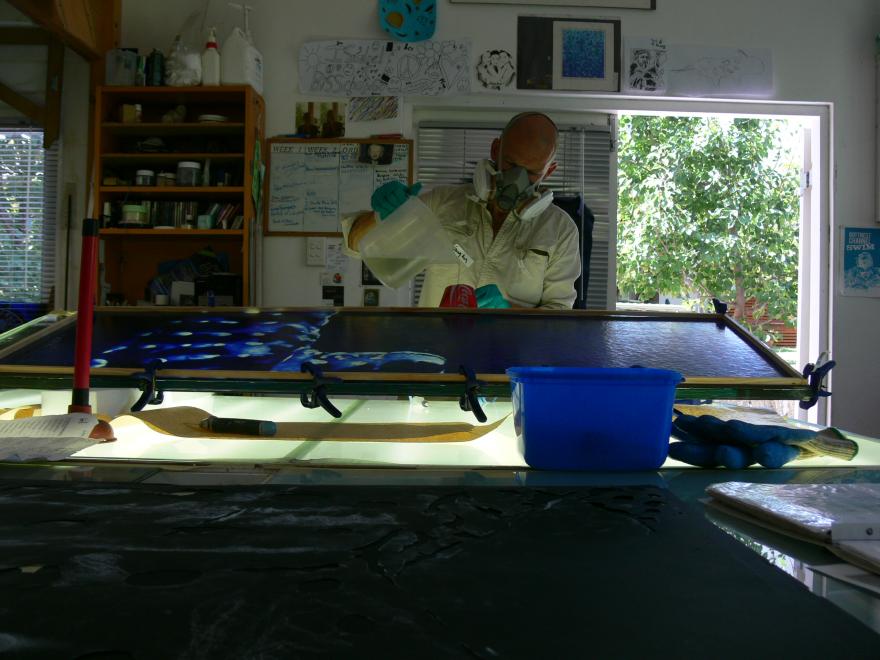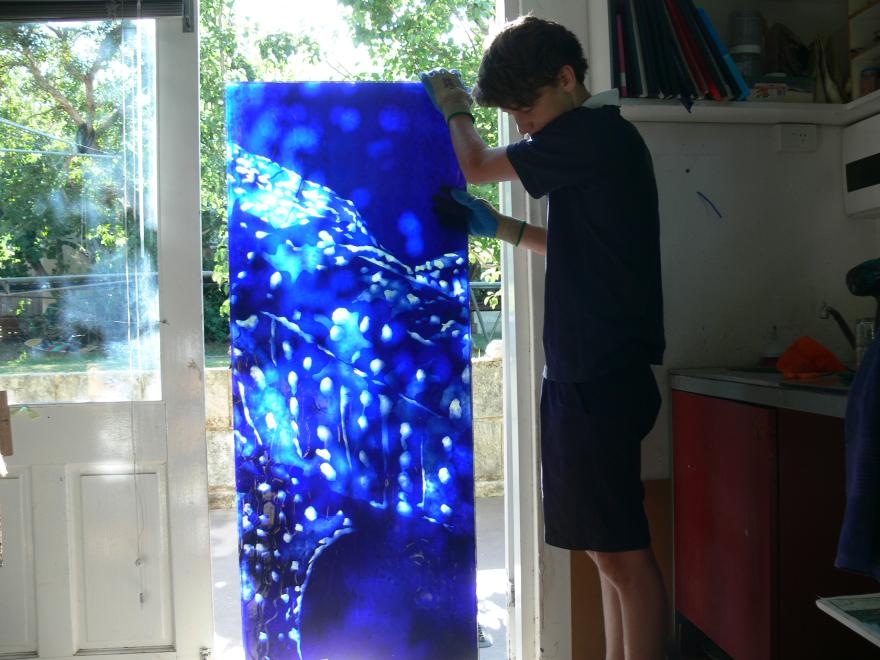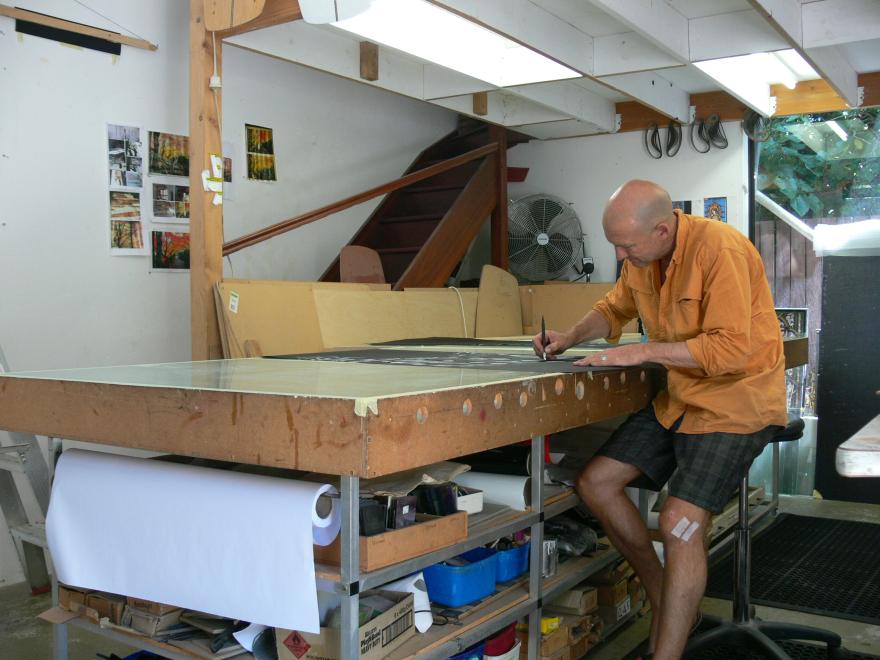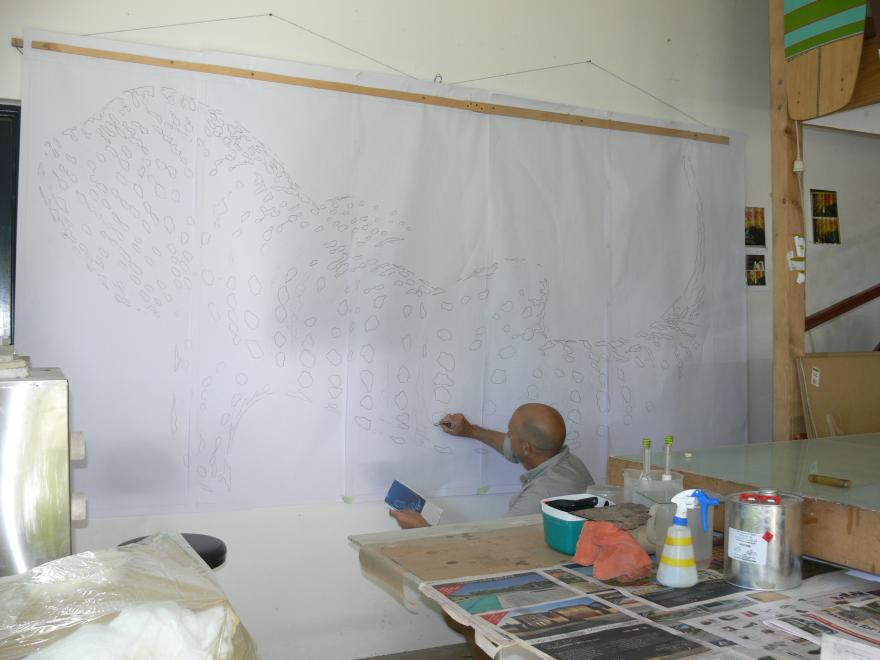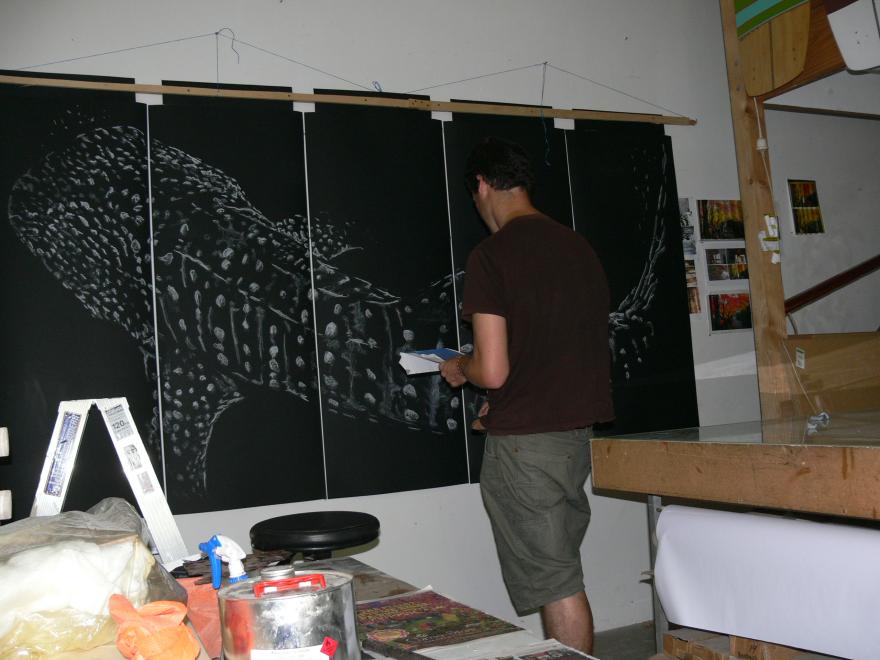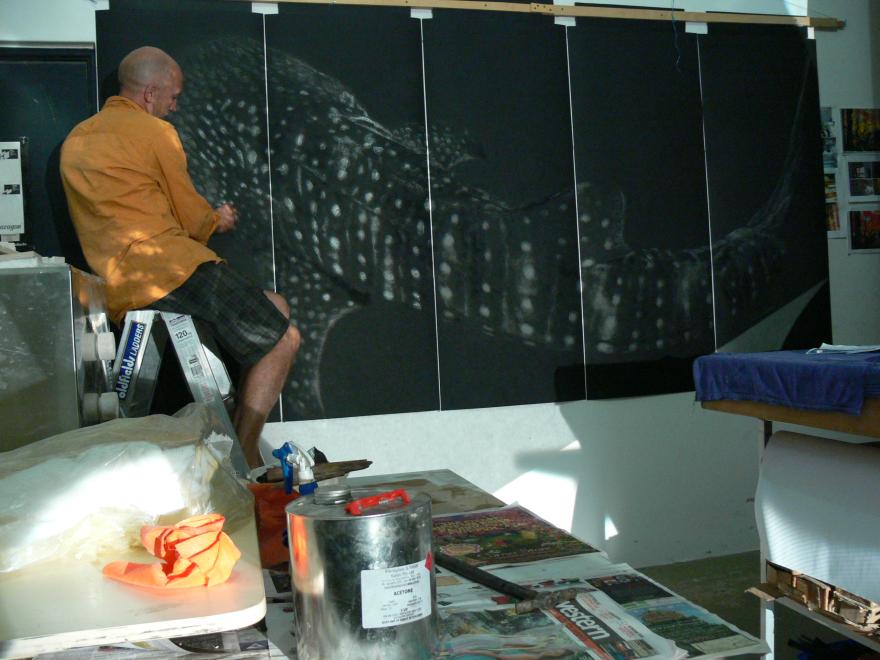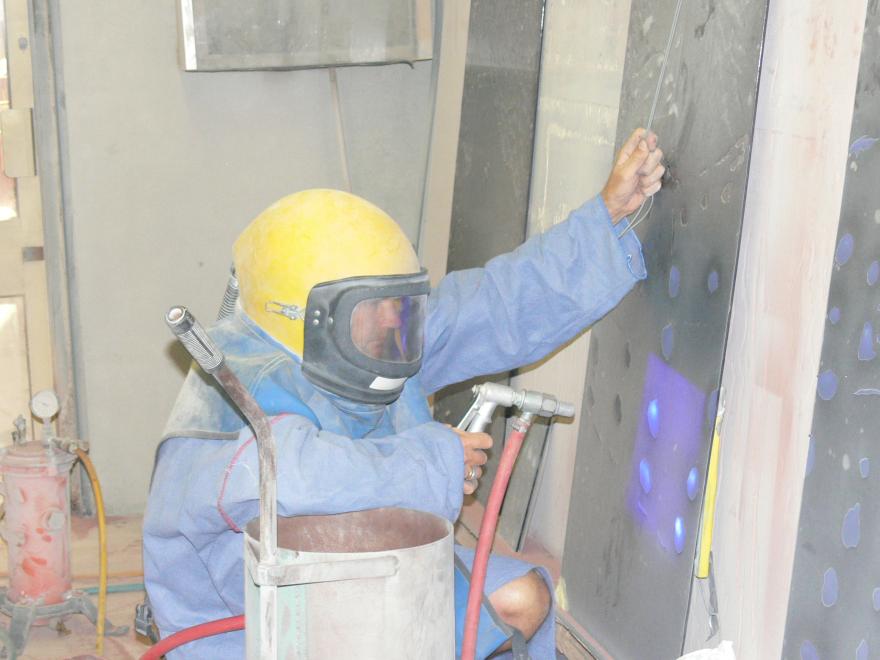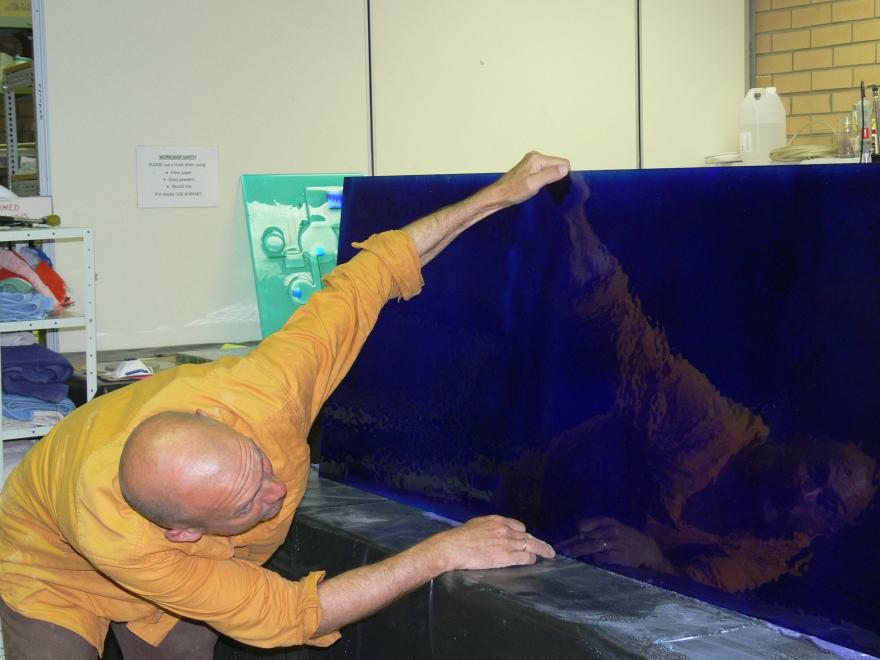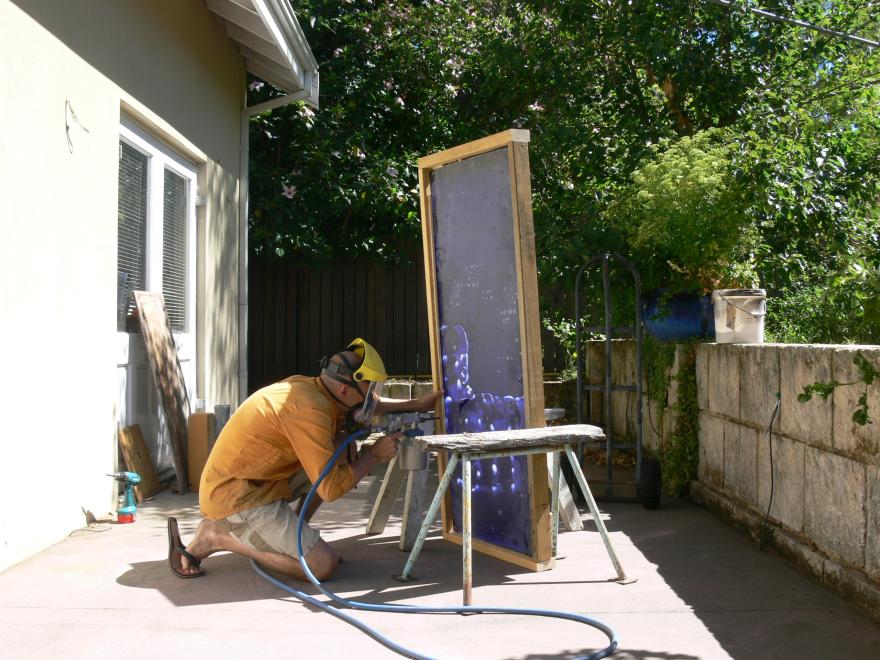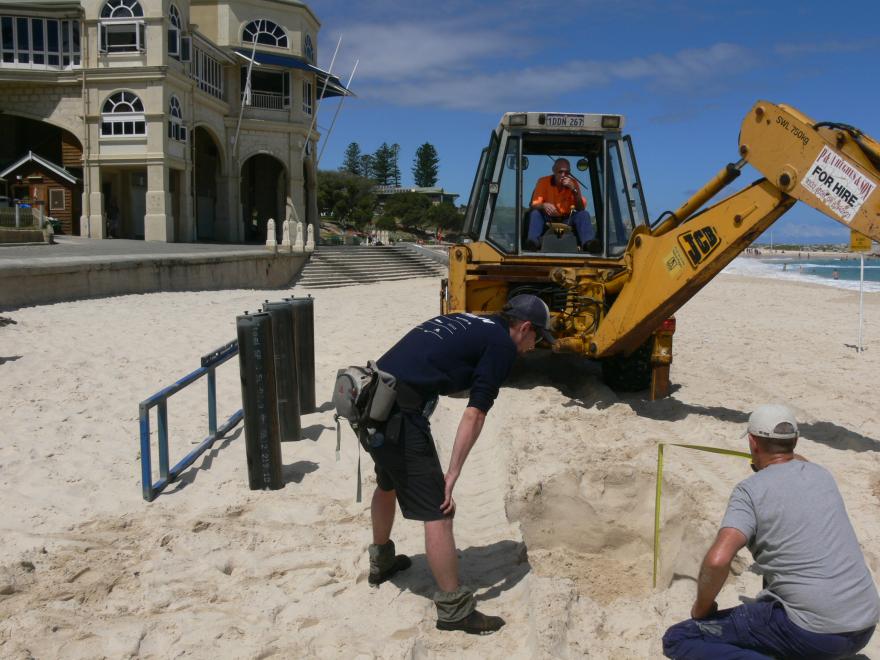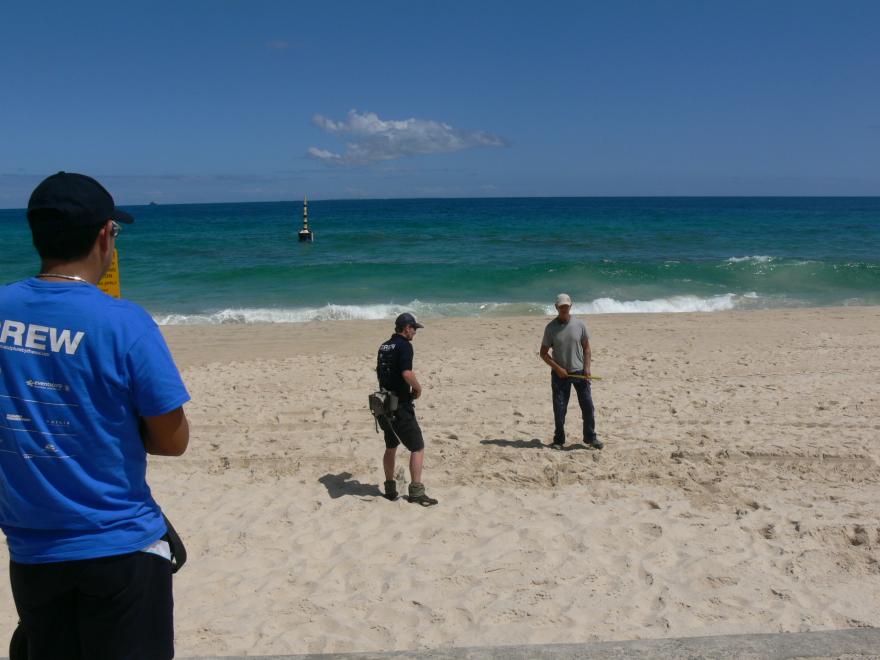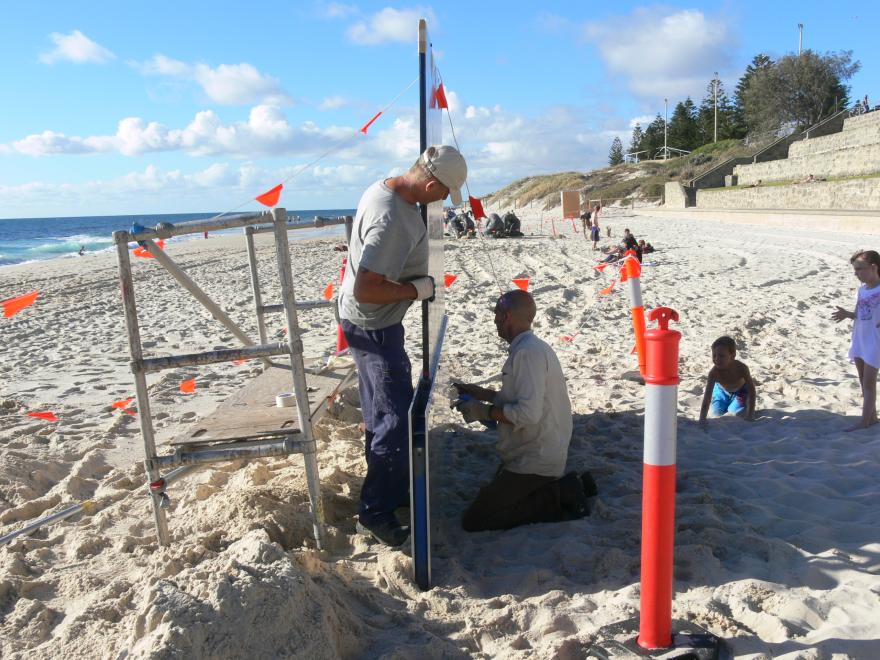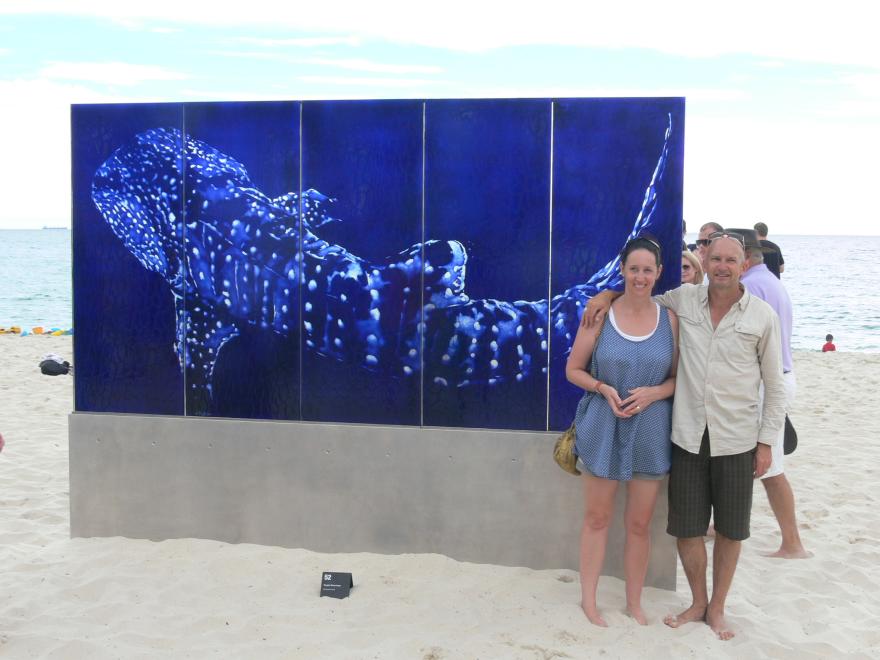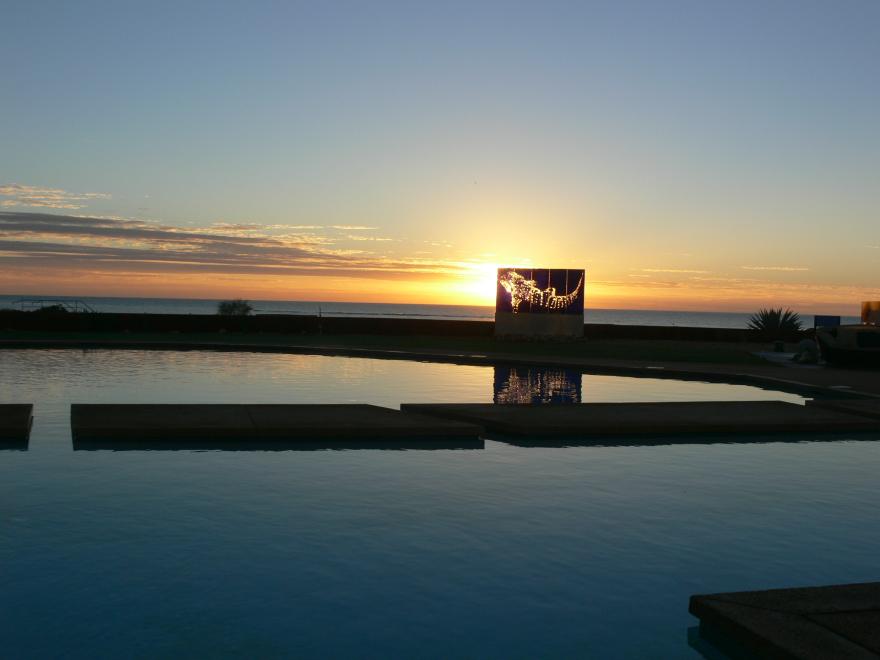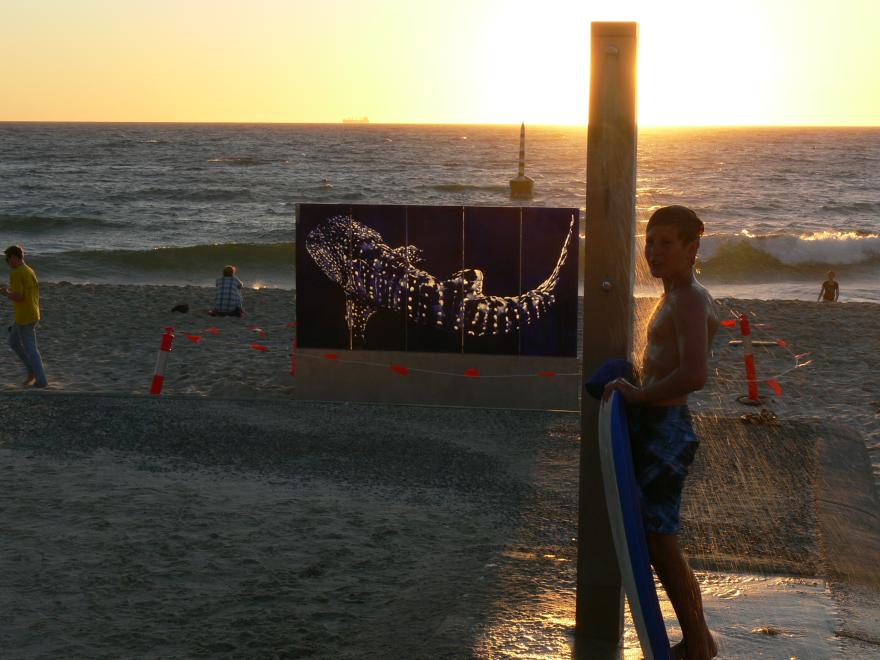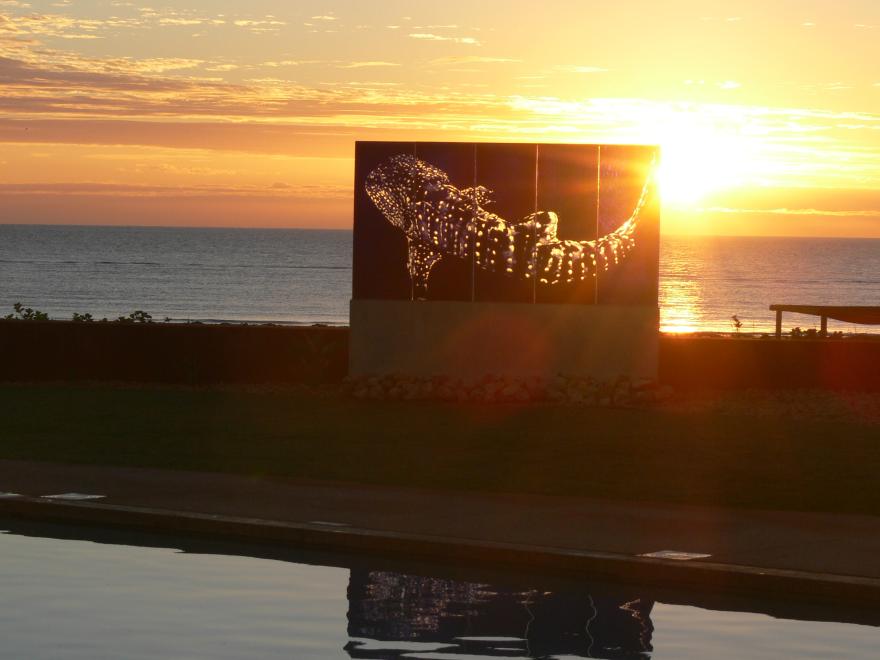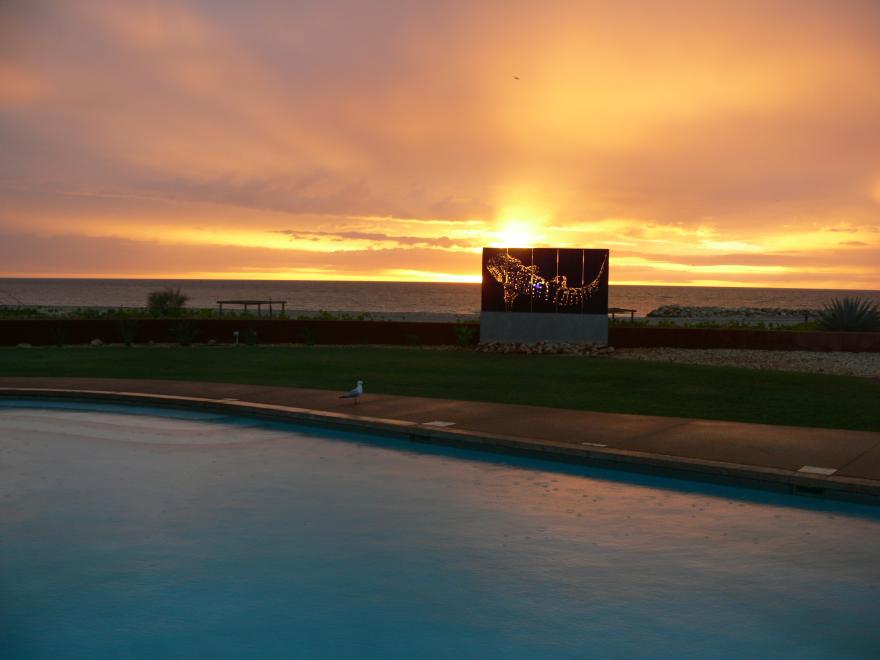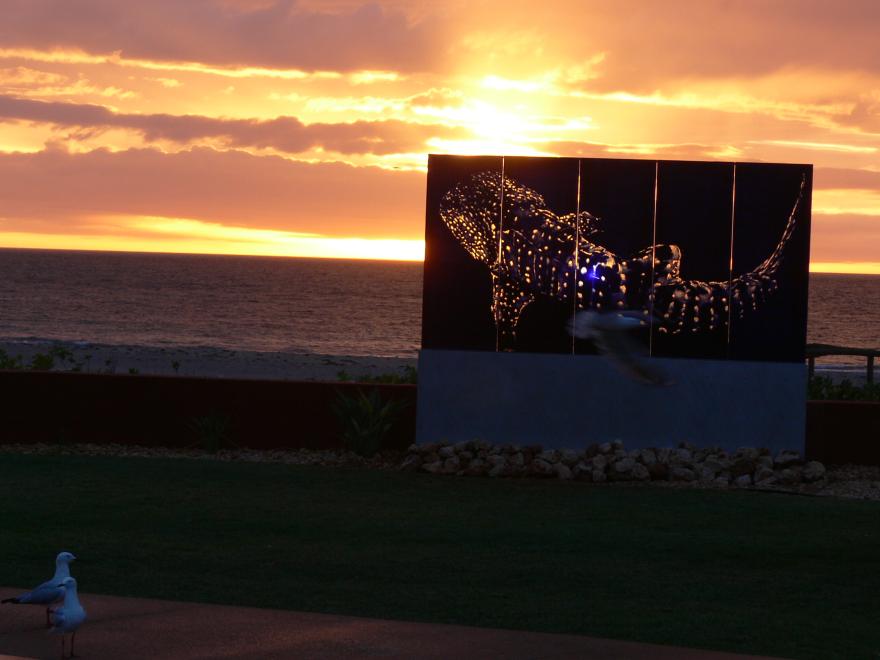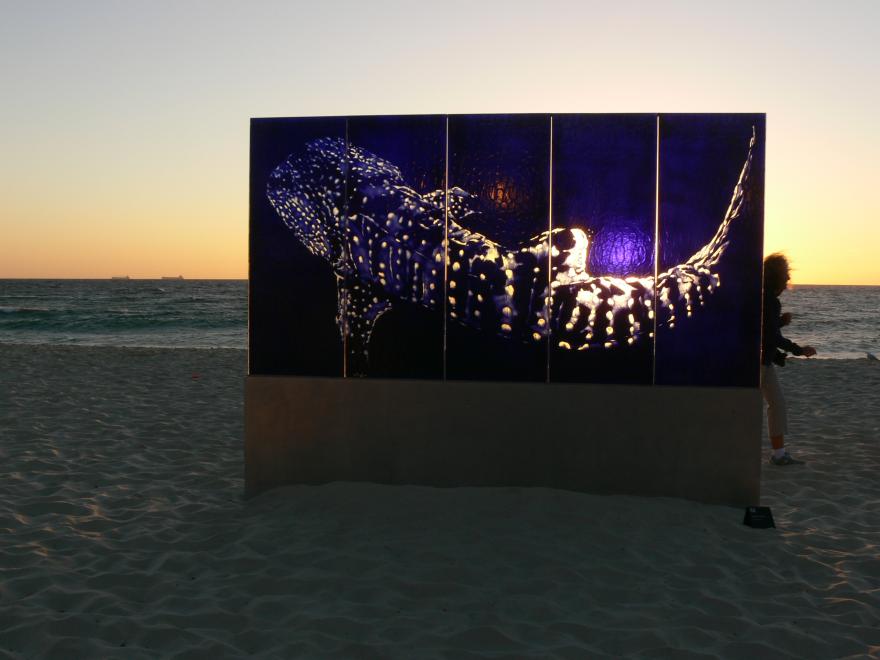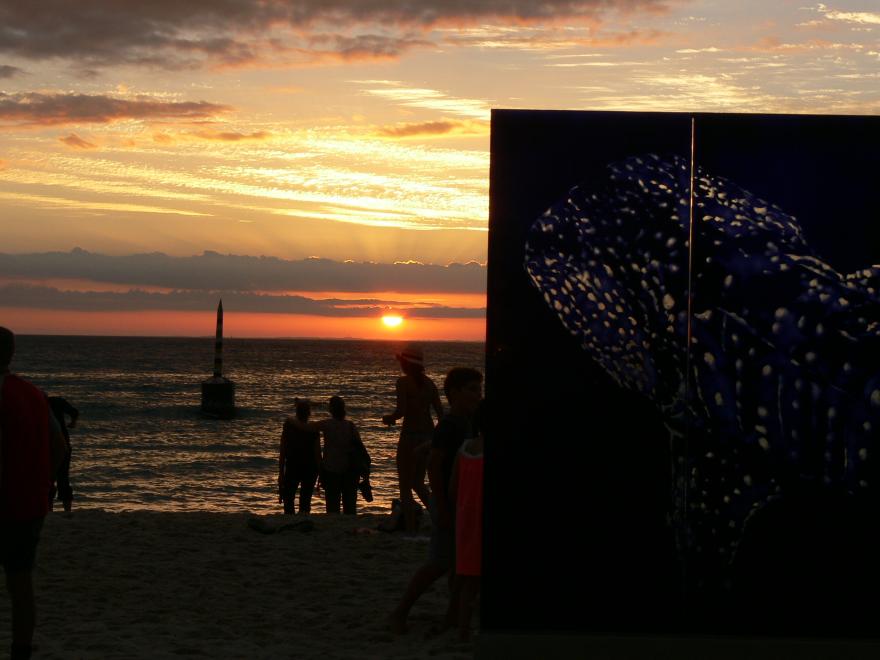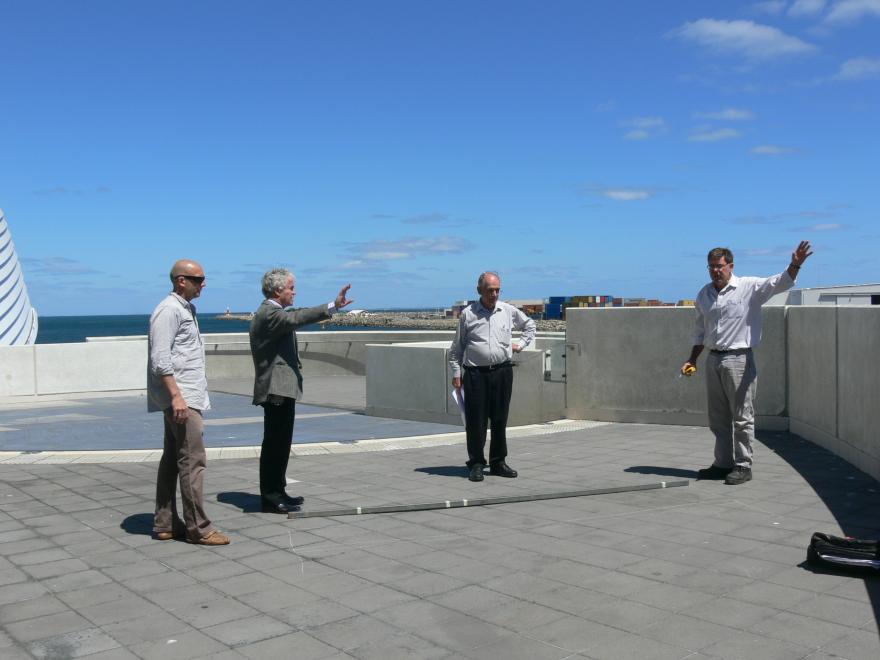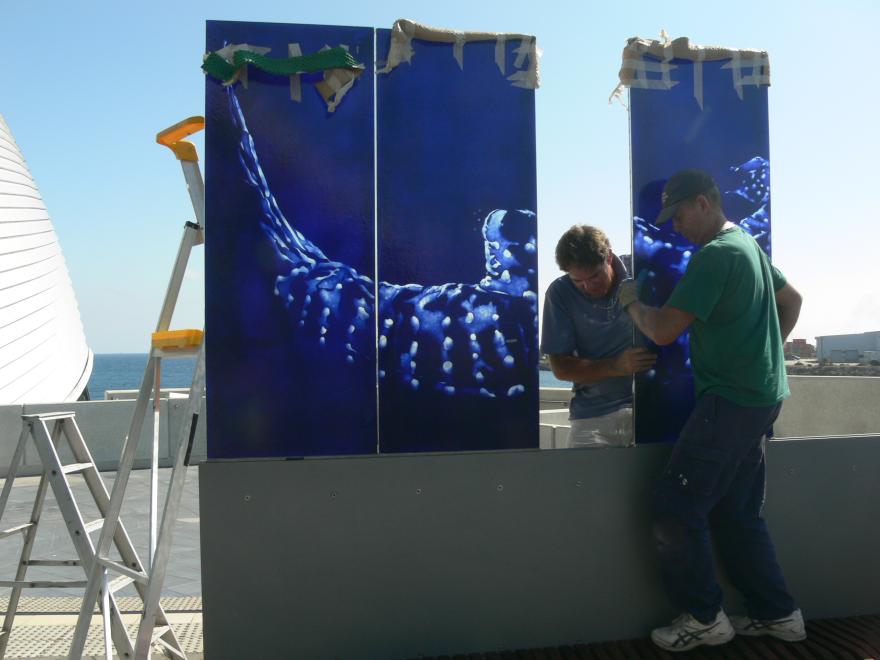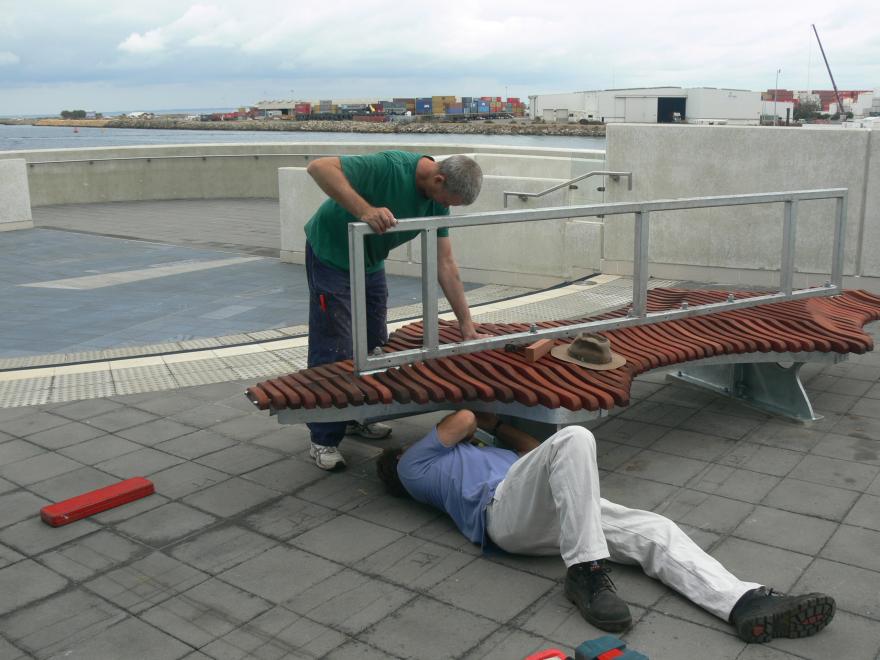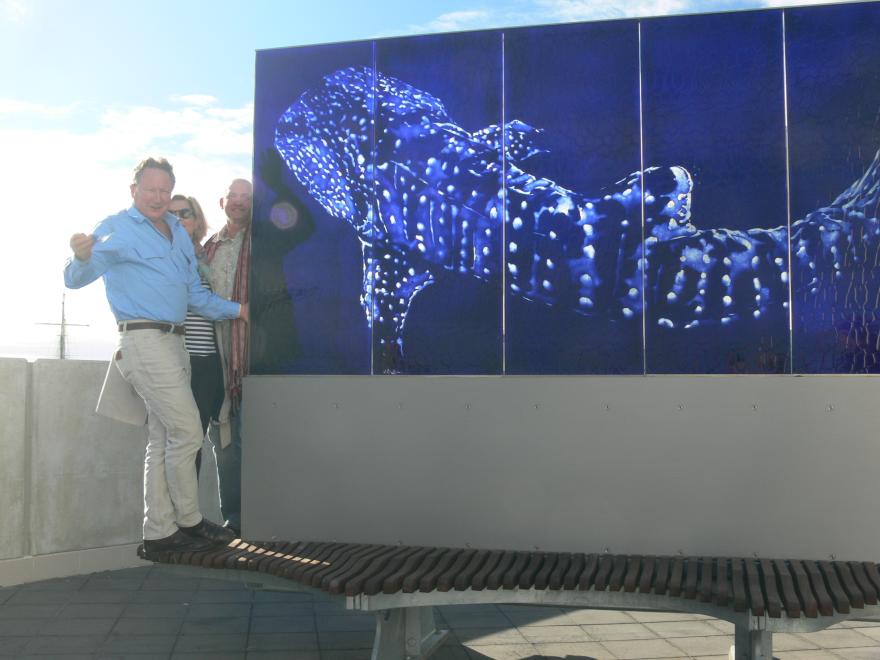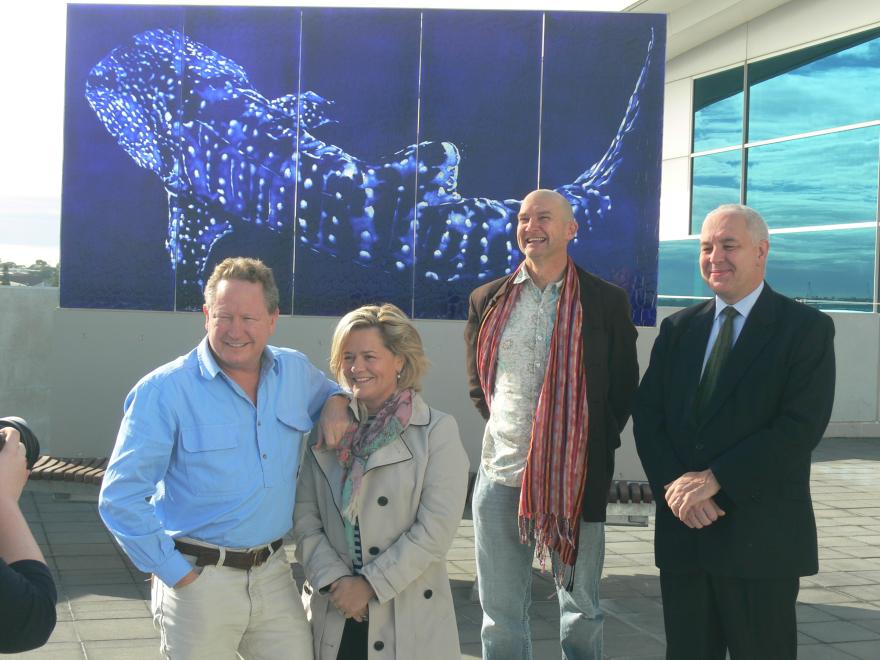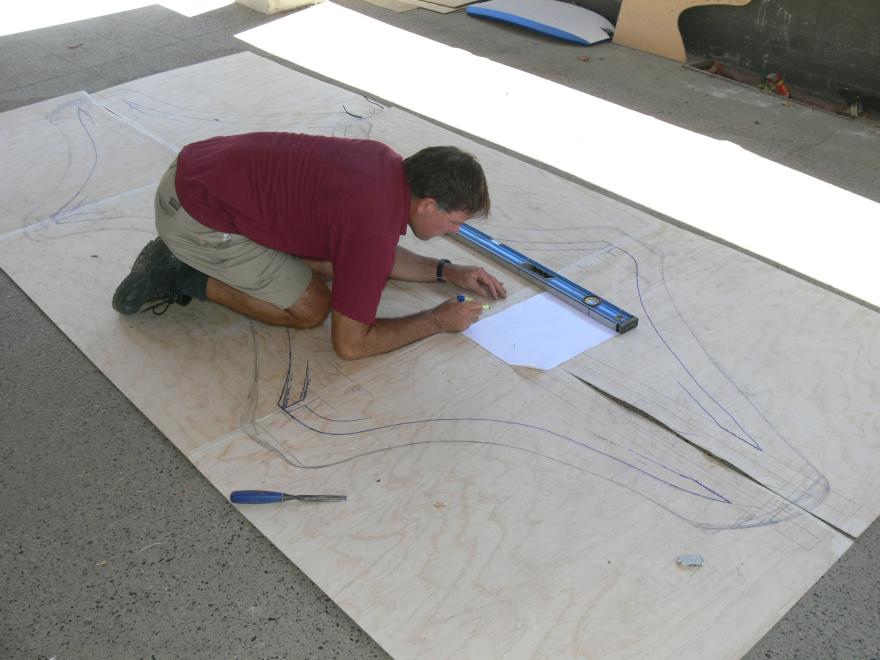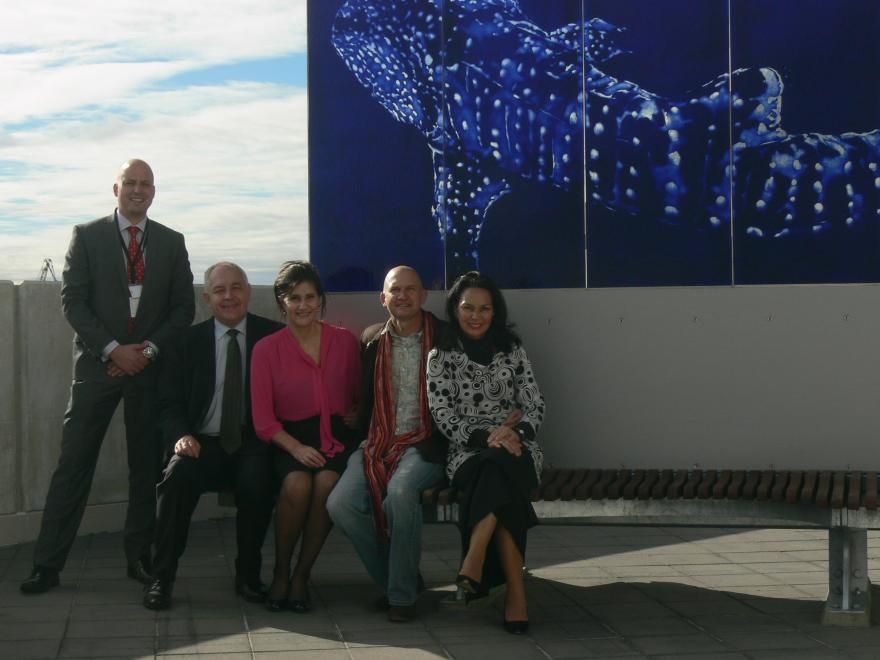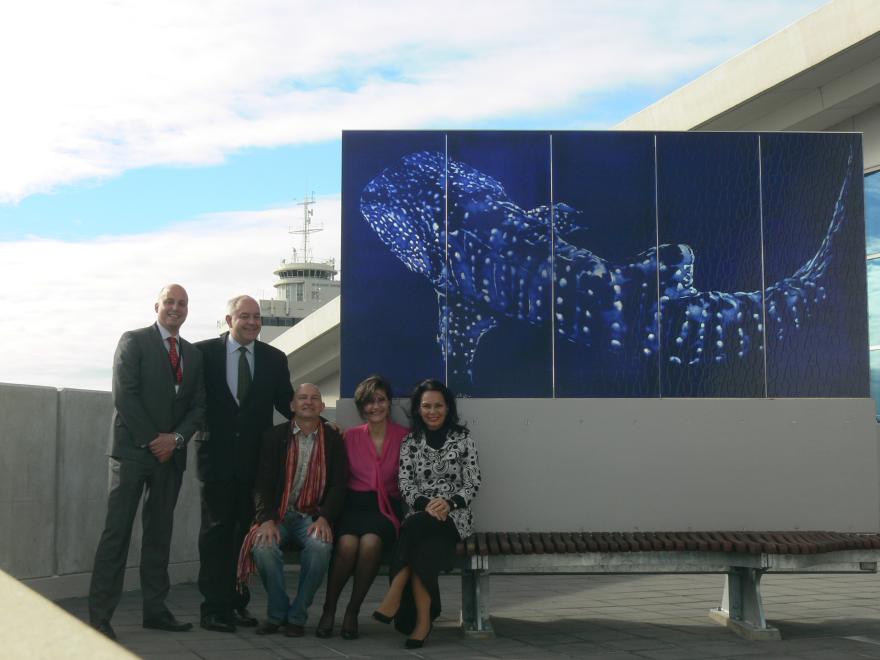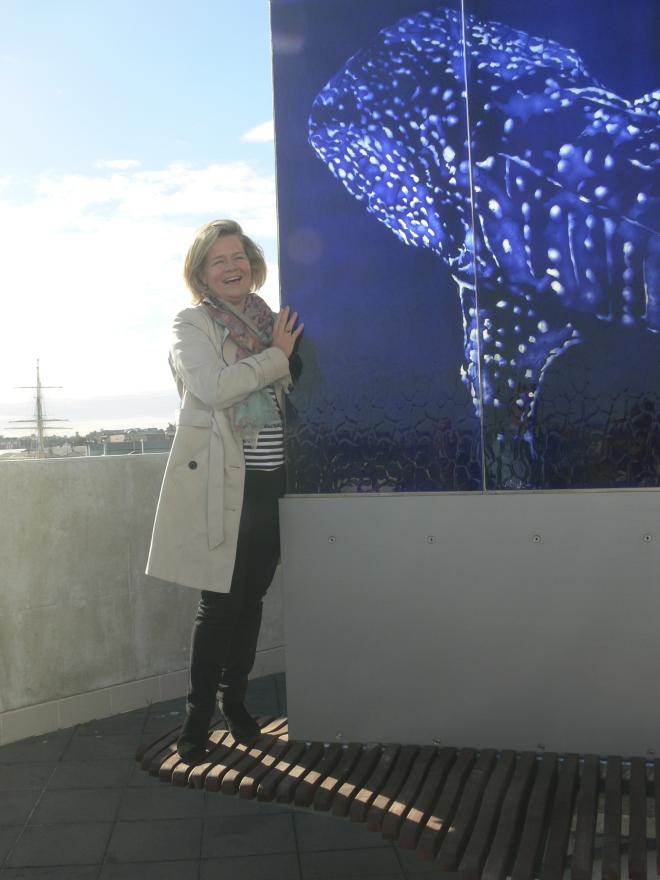This poem, inspired by the whale shark featured in Transparent Sea, was written by Jack White, aged 8.
Jack lived with mitochondrial disease and is not able to sit, stand, walk or talk without full support or assistance.
Whale shark by Jack White
I’m not dead,
I feel. I love affection.
Peaceful, I can know.
I can not talk.
I can not go.
Imagine I go to my park, beach, sand.
I see.
I swim.
I, you, float, whale shark.
Finish watching.
I need to swim.
Jack White
Image courtesy Charmaine White
Jack White's story
Our son Jack was diagnosed at 7mths of age with a mitochondrial disorder. (Mito) is a progressive, debilitating metabolic condition that robs the body’s cells of energy vital for survival, causing multiple organ dysfunction or failure. To date there is no known treatment or cure and at the time of Jack’s diagnoses, we were bluntly told that if Jack survived his first year, it was unlikely he would live beyond his 3rd birthday.
Together we have struggled with the day to day reality that Jack would be unable to sit, stand, walk or talk independently. Unless a cure or treatment could be found, his disease would progressively and methodically worsen.
Mitochondrial disease severely limited Jack’s energy levels and Jack’s body needed to survive on the equivalent power of a D-size battery. Everyday activities were a struggle with the simplest of tasks requiring significant effort and coordination. Mito affected every system in Jack’s body compromising his immune system and ability to recover from basic illnesses.
Jack’s desires were the same as every other kid his age – to feel happy, be healthy and live life to the fullest. Despite being very intelligent and socially aware, Jack experienced a myriad of symptoms and suffered with low muscle tone, muscle weakness and pain, and was highly susceptible to fatigue at a cellular level. In later years, severe refractory epilepsy dominated his life and Jack experienced upwards of 12 seizures an hour which directly impacted his central nervous system, respiratory drive and general well-being.
From the outset we knew no matter what time we had left with Jack, his life was important and we wanted to give him every opportunity to thrive. Our focus was to continue to make a real and tangible difference to his quality of life each and every day. We supported Jack in every way possible and nurtured our connection with him no matter how sick he was. We wanted to make sure he could experience his life to the fullest by allowing him to explore all opportunities and live a life of inclusion.
From the time of Jack’s diagnosis he was involved in a range of therapies and he commenced in the Conductive Education (CE) program at Carson Street School at age 3. Conductive Education provides an opportunity for children with complex motor problems to exercise their mind and body in an integrated educational setting to help them build strength, competence and self-confidence. The focus on total communication and the use of Augmentative and Alternative Communication (AAC) meant that Jack who had complex communication needs had the opportunity and the language available in his PODD book that enabled him to communicate what he wanted to say, when he wanted to say it, despite physically not being able to use his voice to speak. Through Conductive Education I learnt how to help Jack to use his body to the best of his capacity. As each new challenge was met, a more difficult task was added. This gave Jack a sense of accomplishment and control that he had never felt before and his confidence grew.
Jack was very intuitive, a wise old soul and sophisticated thinker. He had plenty of time to ponder what he saw and experienced in this world as there was little to distract him from the daily rigours of his illness. The strength of his intelligent mind is none more evident than in his written word. In the summer of 2013 we had the opportunity to visit Sculptures by the Sea at Cottesloe beach. The spirit of the glass sculpture ‘Transparent Sea’ set against the turquoise blue waters of the Indian Ocean so captivated him that he said he wanted to write a poem about it. We later entered his poem in the Sculptures by The Sea writing competition and Jack won first prize. The message in Jack’s poem is profound. Like the whale shark, Jack was unique. It took Jack just over an hour to write his poem, all the while, battling debilitating seizures and extreme fatigue. His poem (in his own words) aptly describes how he yearns to experience the freedom and mobility to move with ease and explore his environment just like the whale shark, as Mito has robbed him of the ability to use his legs and he is confined to a wheelchair. On his entry form Jack was asked to comment “What inspired your writing piece and why?” he answered “I can not speak. I know (what it may be like for the whale shark). I’m wanting you to know.”
The irony is that Jack often felt misunderstood because like the whale shark, few knew much about his world or what he experienced. Being in a wheelchair means learning to accept the scars or the spasms and the parts of your body that don't work the way everyone else thinks they should. Being in a wheelchair means learning to see beauty and strength, where most people see brokenness. It means learning to define yourself outside of societal standards of ‘normal’, and being comfortable with who you are regardless of what everyone else thinks.
Jack was not defined by his disabilities; he was a very capable individual with his own unique strengths and needs.
Despite the challenges we faced over the years, I’ve never wavered in my belief in Jack or his potential. As our journey progressed, Jack taught me so much and I have learned that people with disabilities are unfortunately often more disabled by our society’s misconceptions and assumptions than by their diagnosis or physical body.
As Jack’s mother, I am still awed by the fighting spirit, resilience and the positive attitude Jack displayed. In my view he more than epitomised Albert Einstein’s quote, “Once we accept our limits, we go beyond them”
And “go beyond them” Jack did. In December 2014, Jack became very ill, he endured frequent hospital admissions and despite his failing body he kept fighting with a smile on his face, hope in his heart and love in his soul until such time he was well enough to go home. Sadly, our beautiful, precious son took his last breath and passed away from complications on Feb 26, 2015. Jack was a kind, loving and grateful little boy to the very end. Our little hero, his body broken beyond repair, showed us how to live in the moment and die with courage.
Even though a year has passed, our hearts are still heavy with overwhelming sadness, but filled with gratitude for he is now at peace. Jack's journey has touched the lives of many, far and wide, beyond our wildest dreams. His journey is not over... somewhere out there … far into the horizon, even to infinity, the spirit of Jack lives.
Thank you for taking the time to read our story.
Charmaine White
Feb 2016
To learn more about Mitochondrial Disease, follow this link to the Australian Mitochondrial Disease Foundation: www.amdf.org.au

